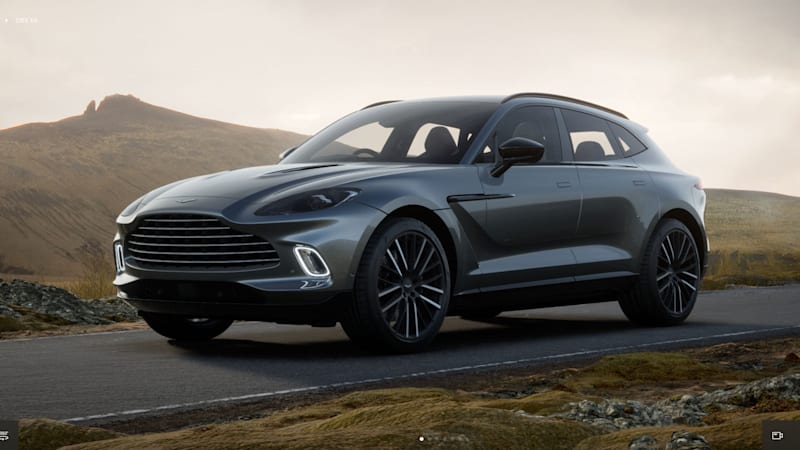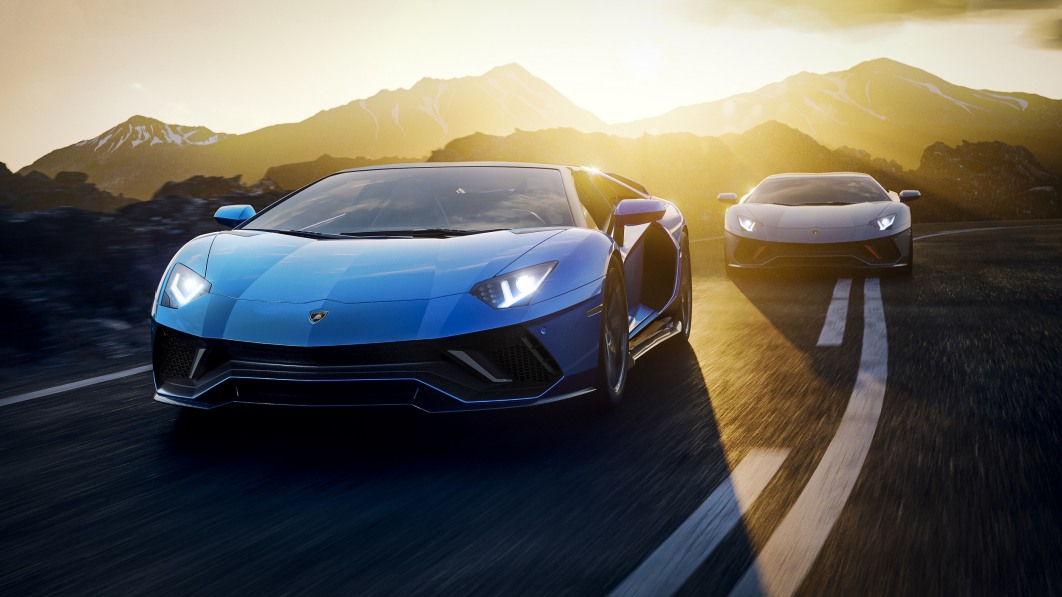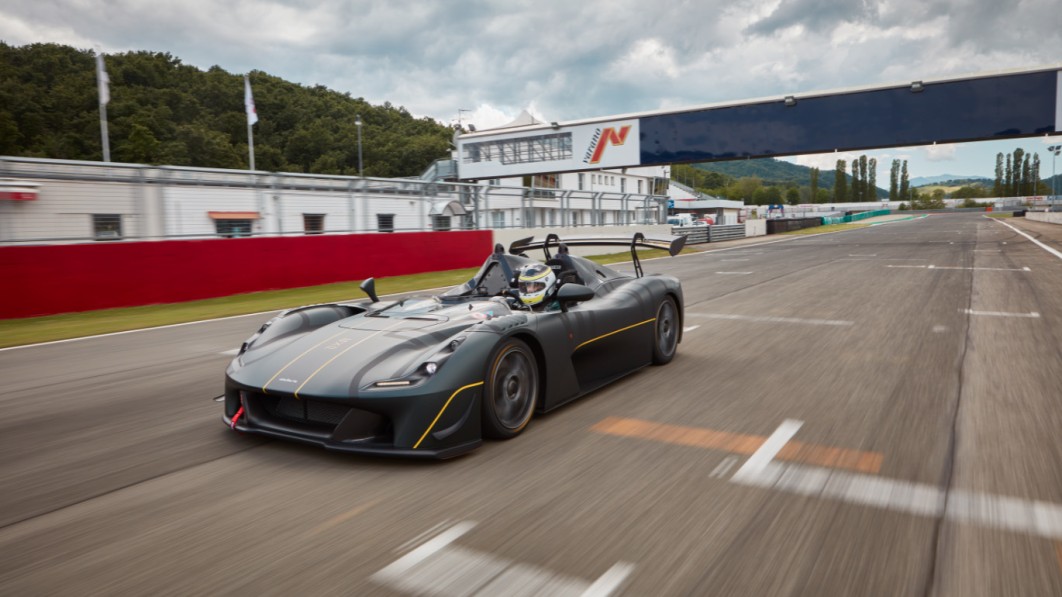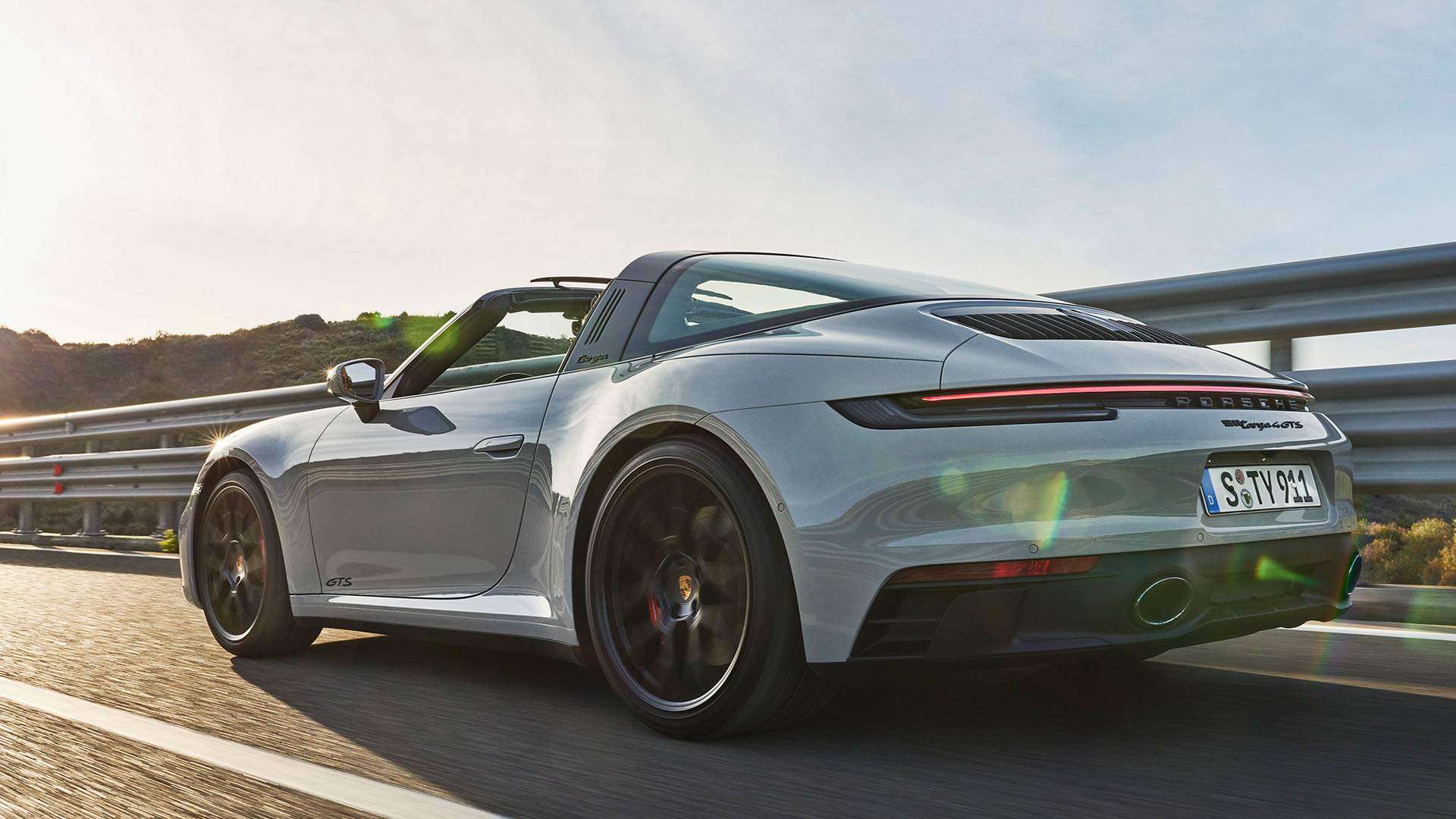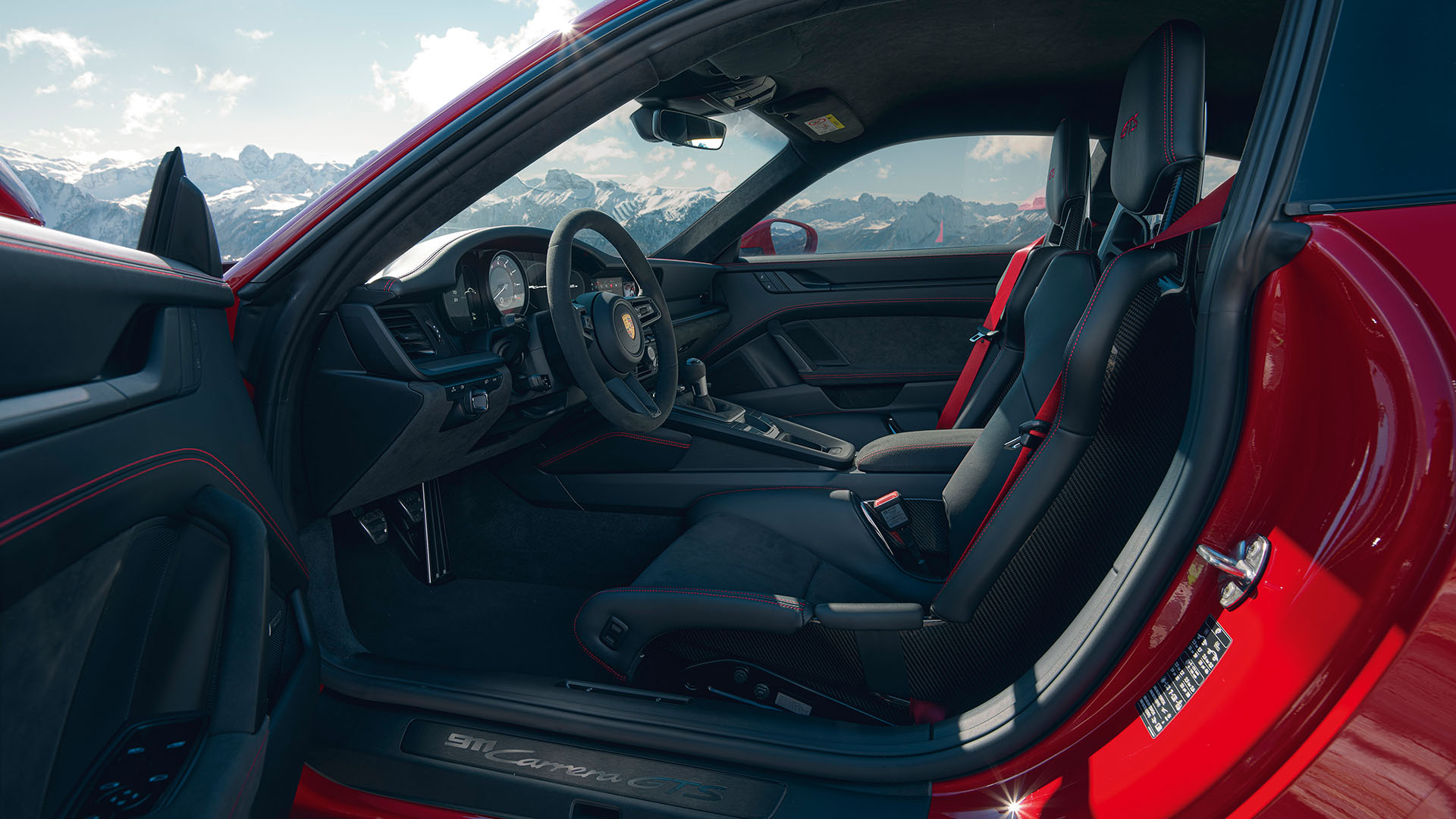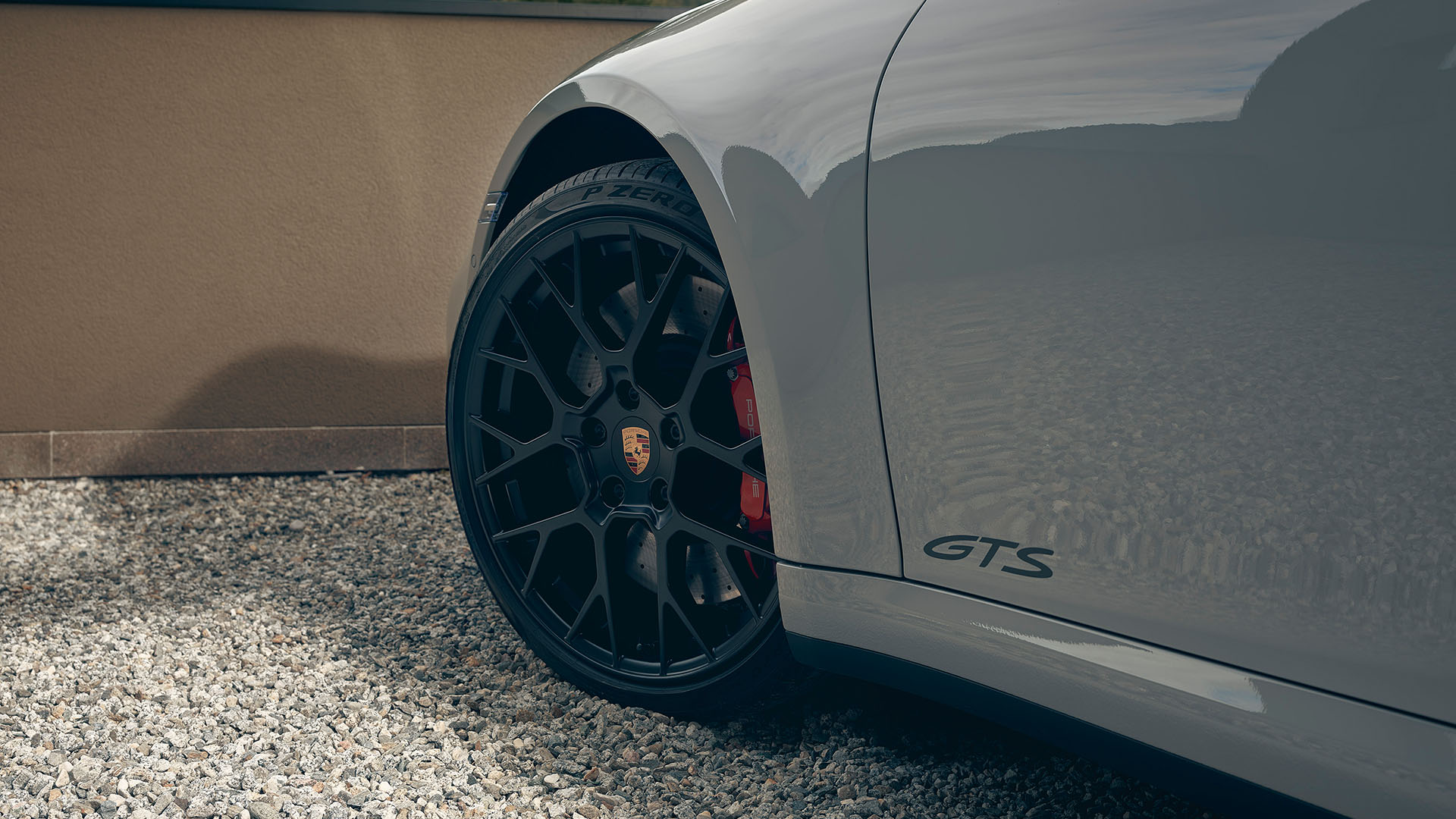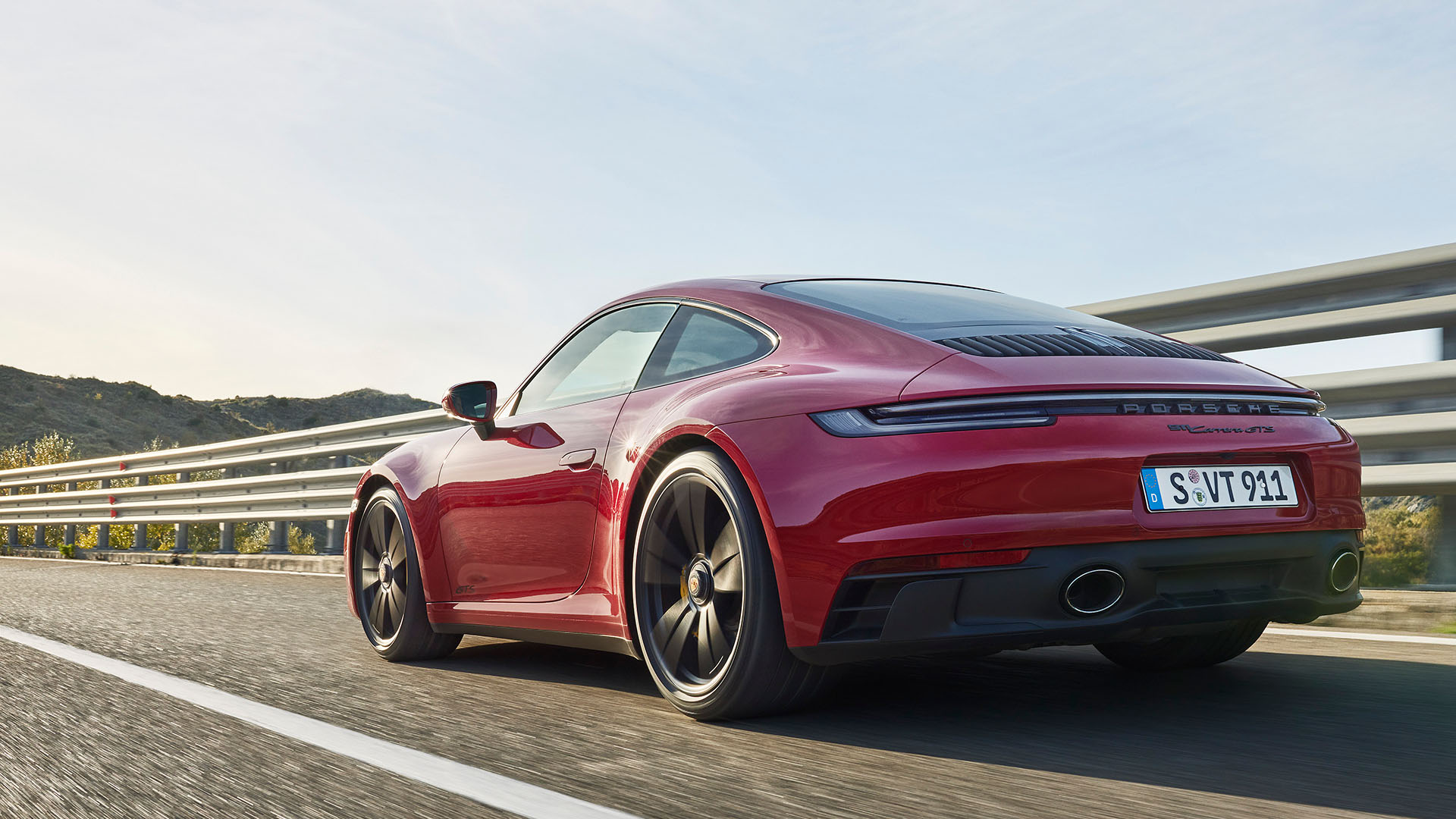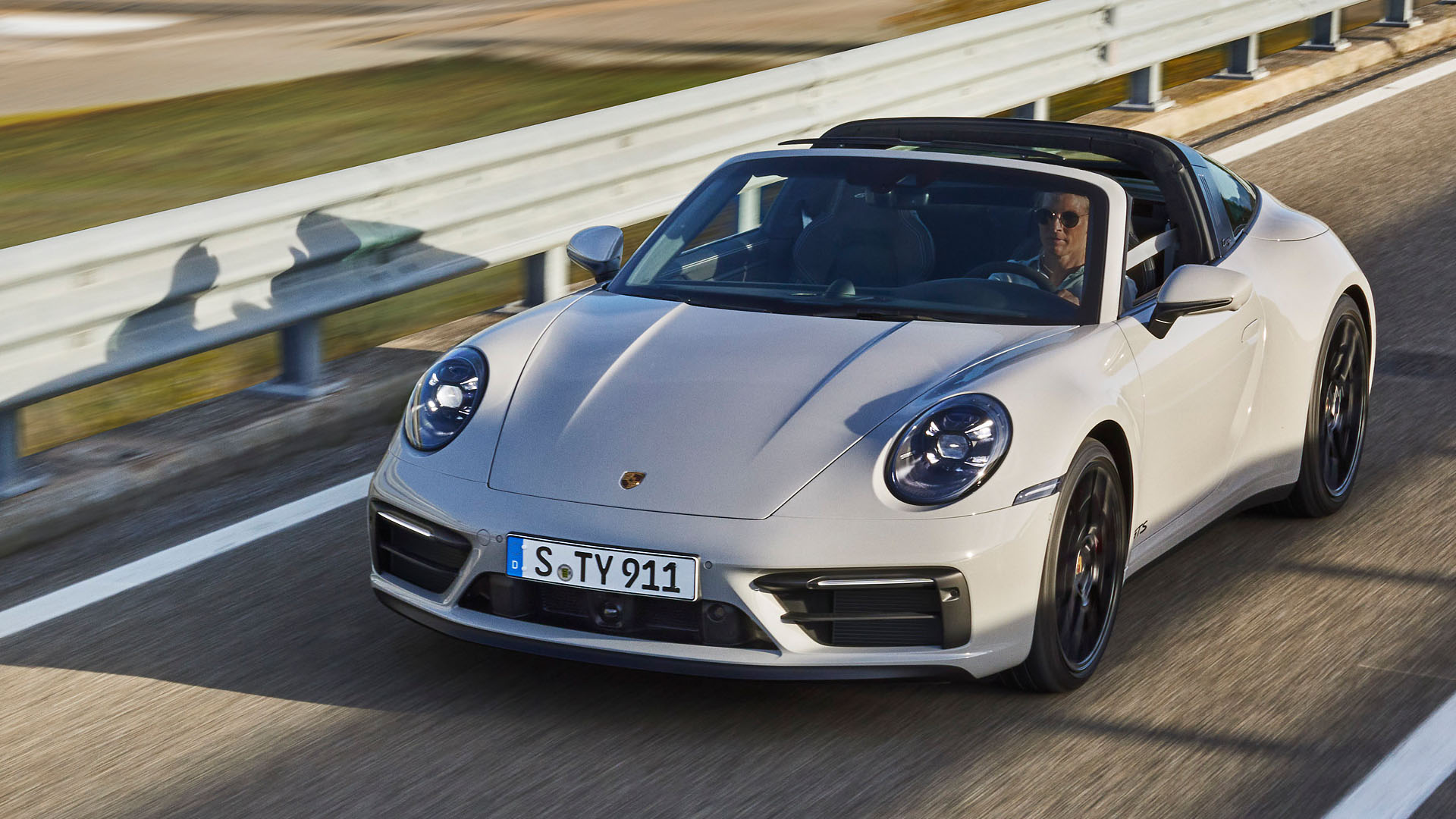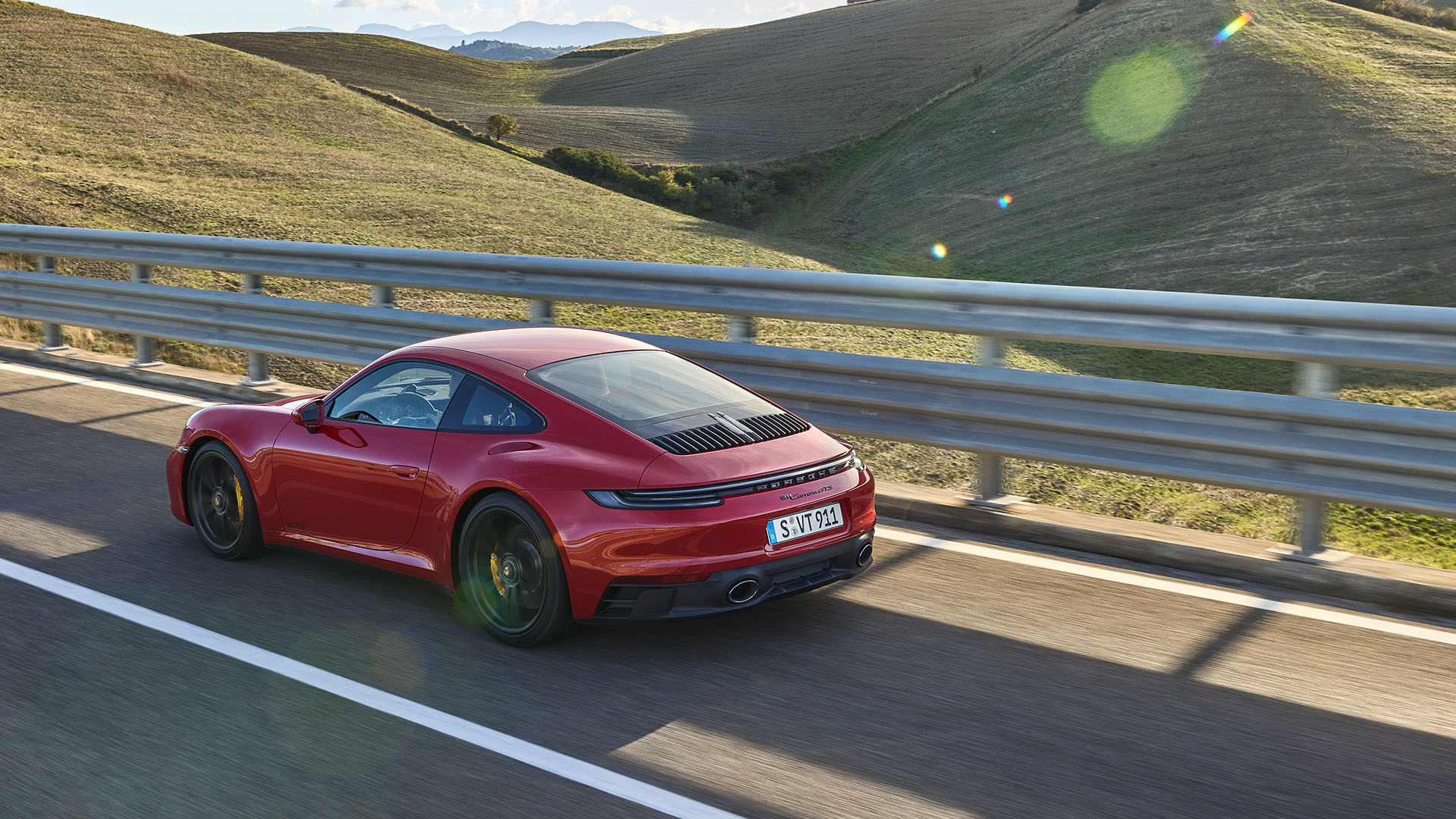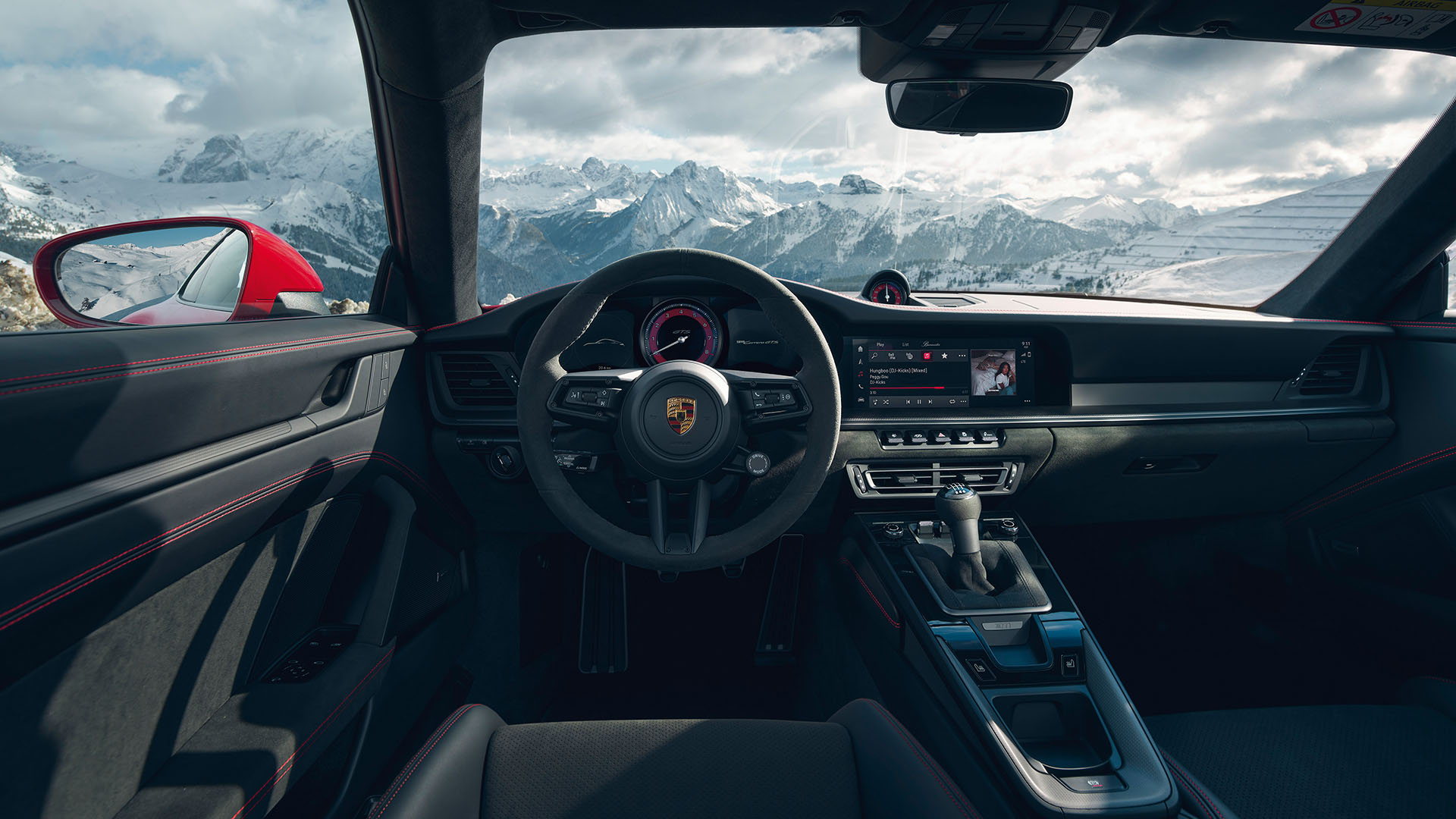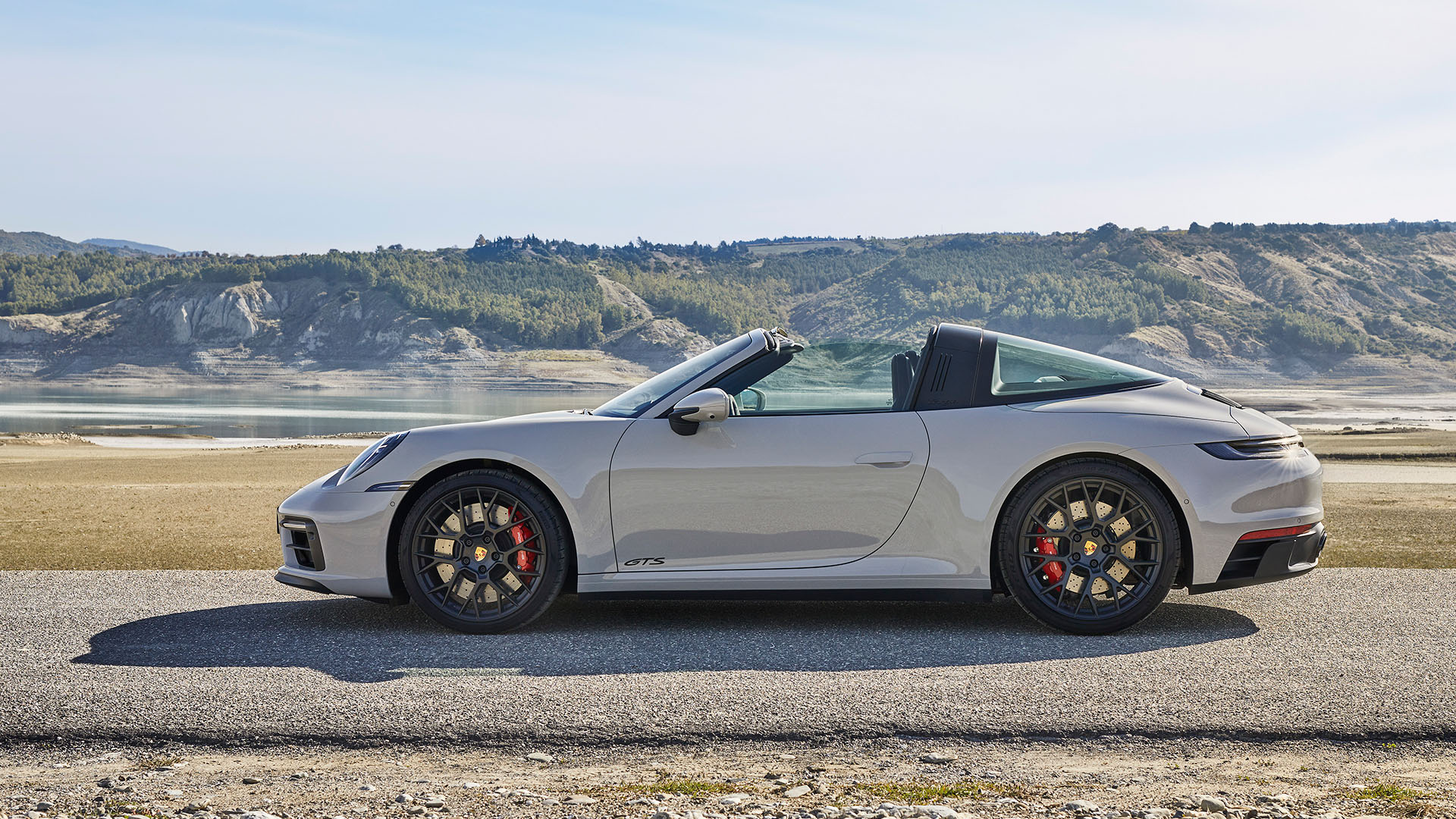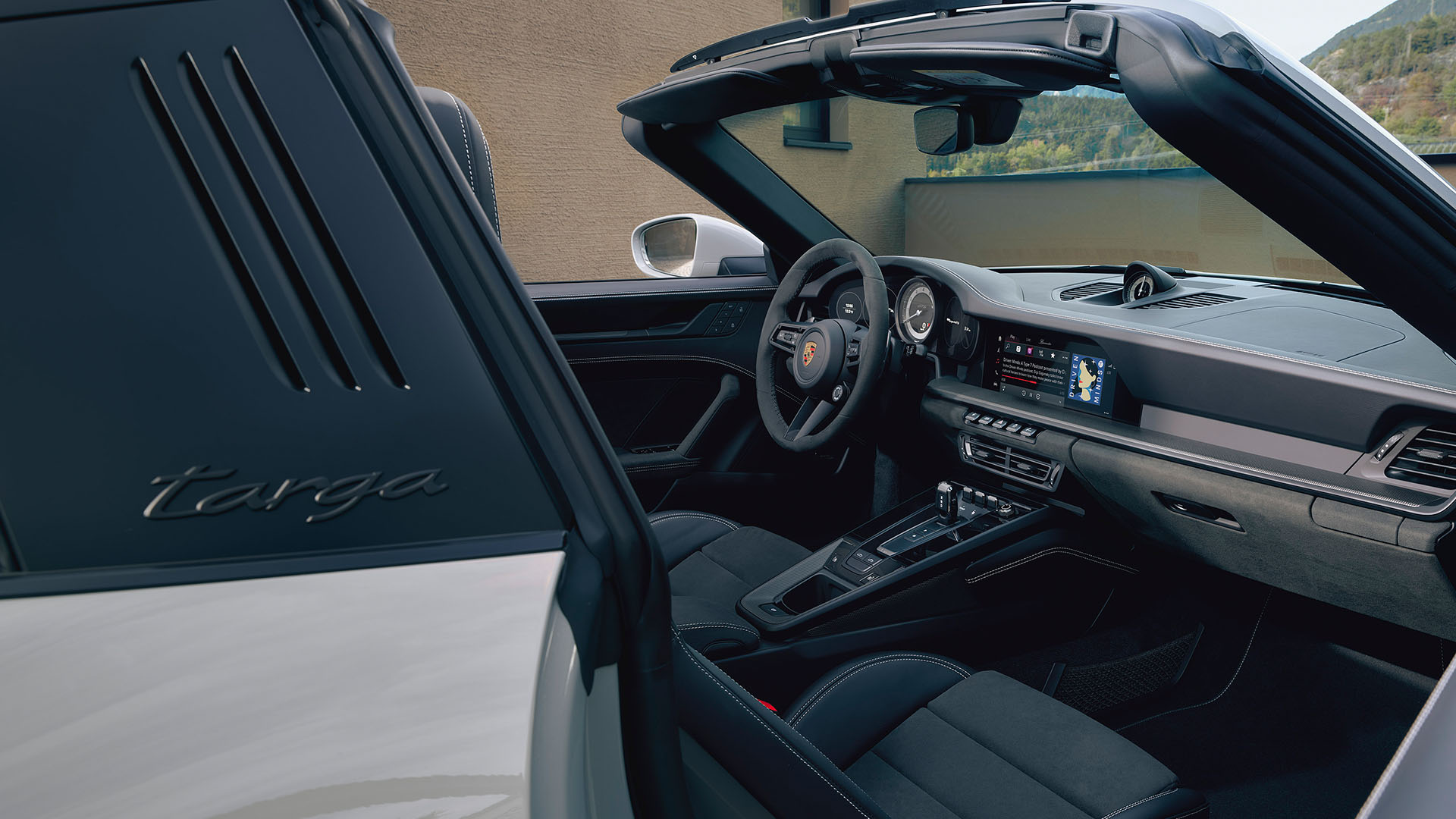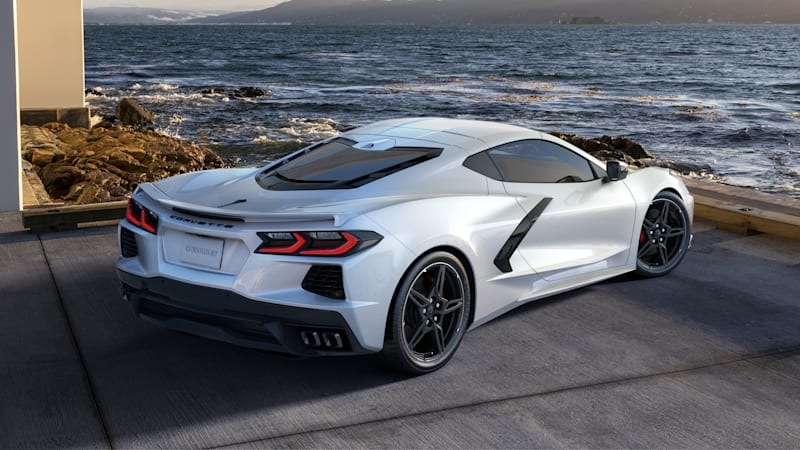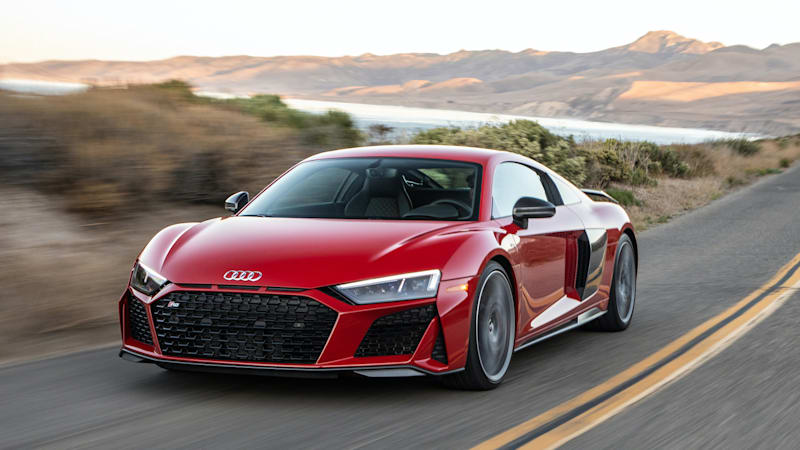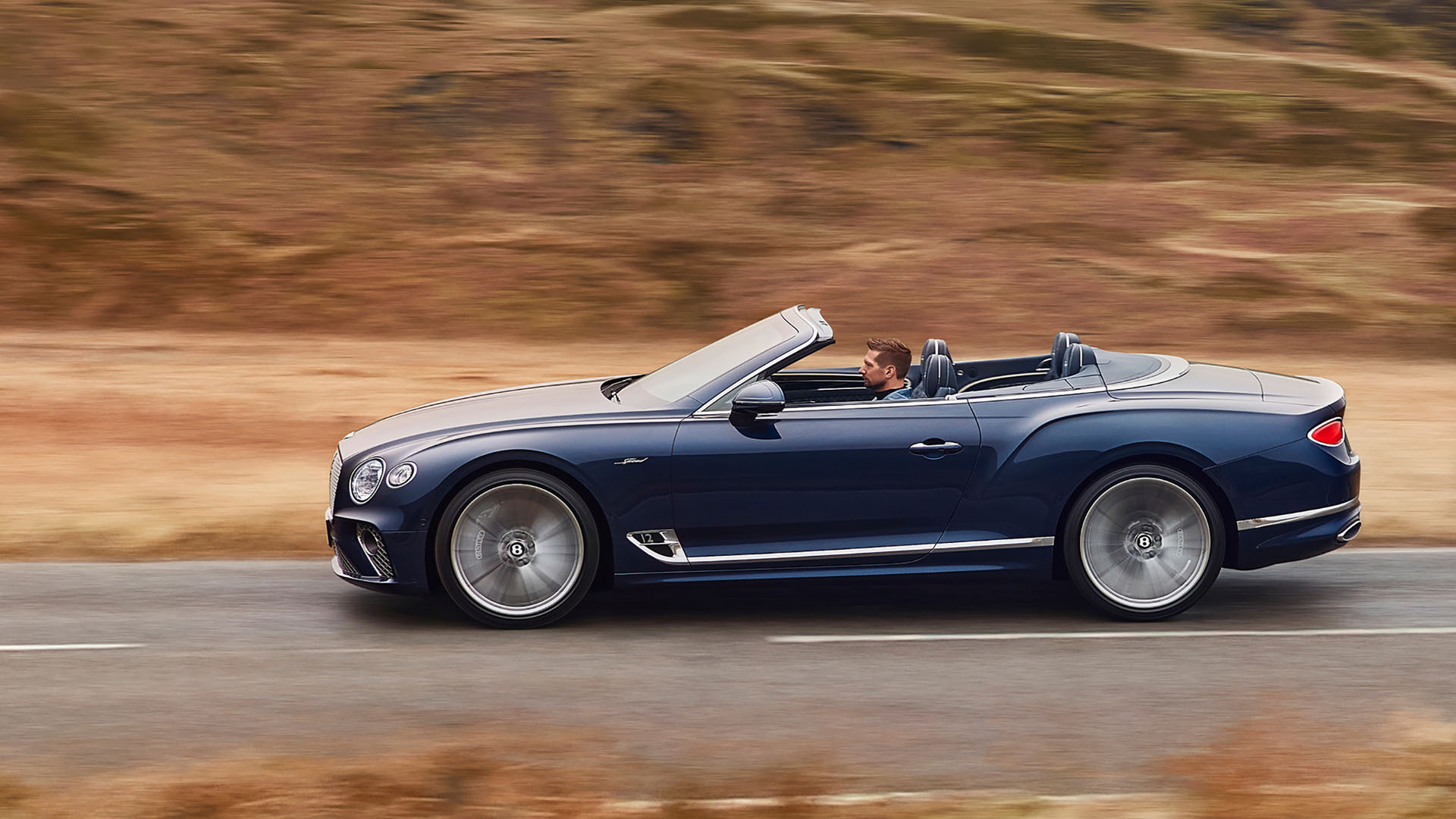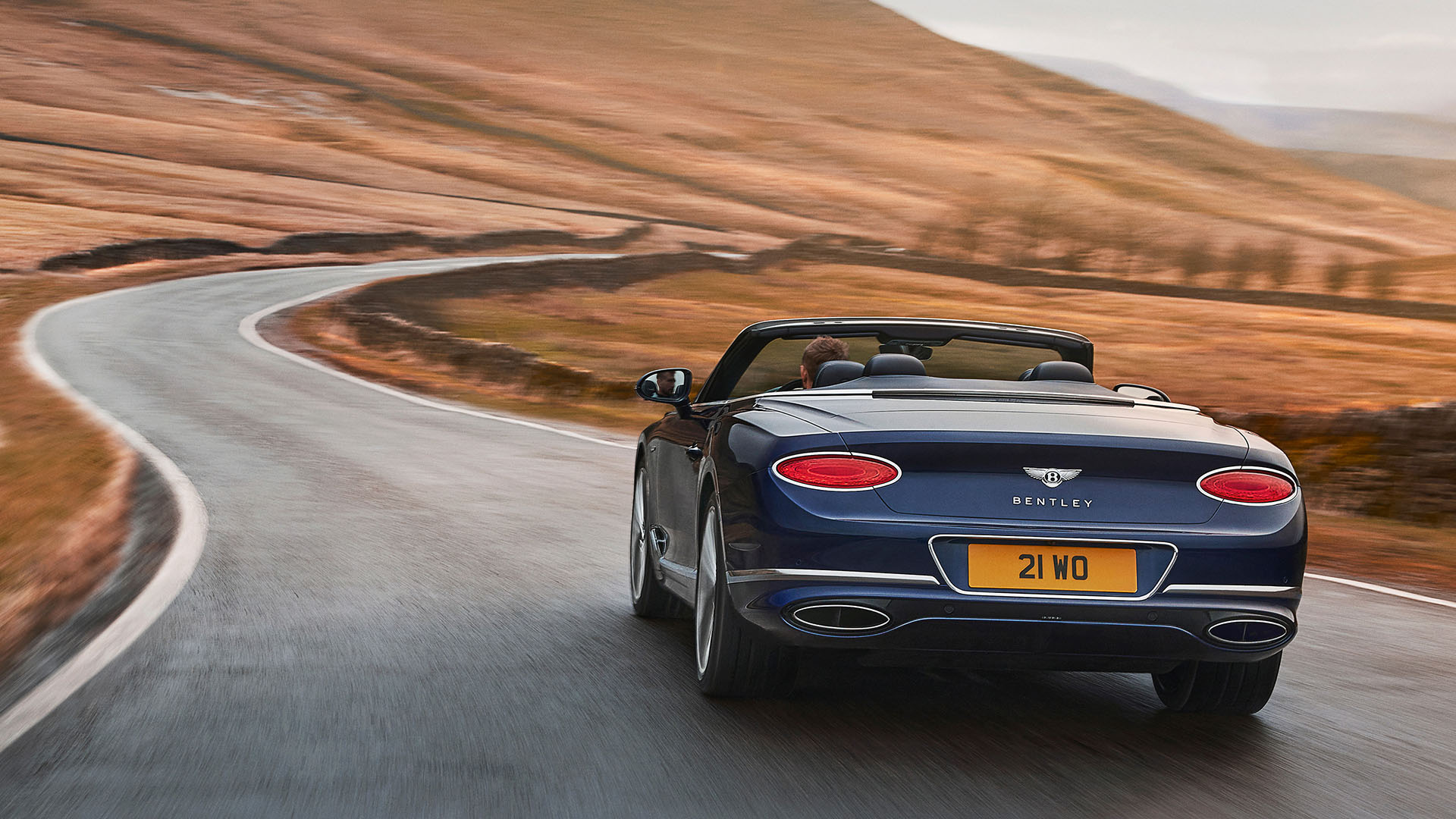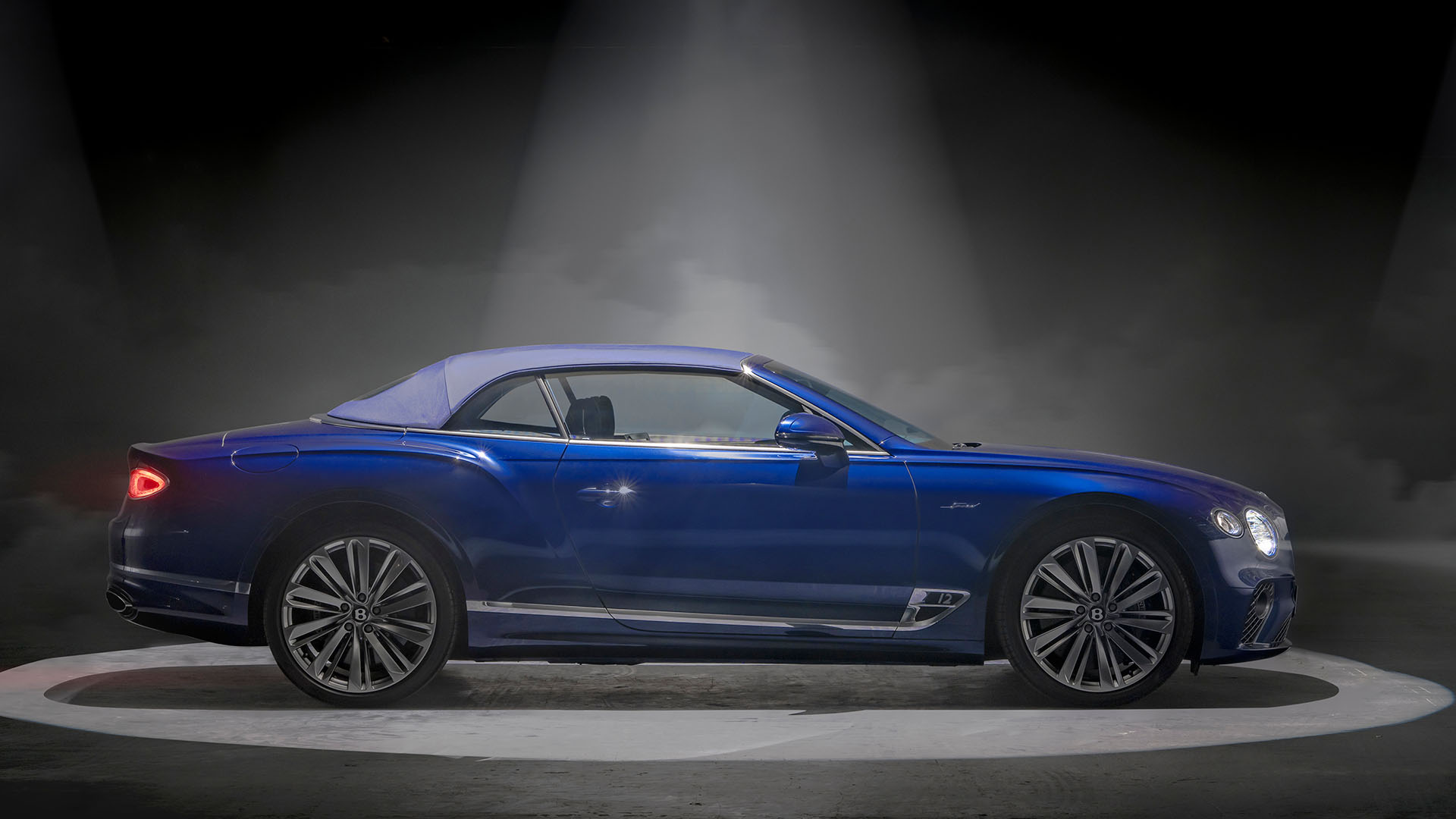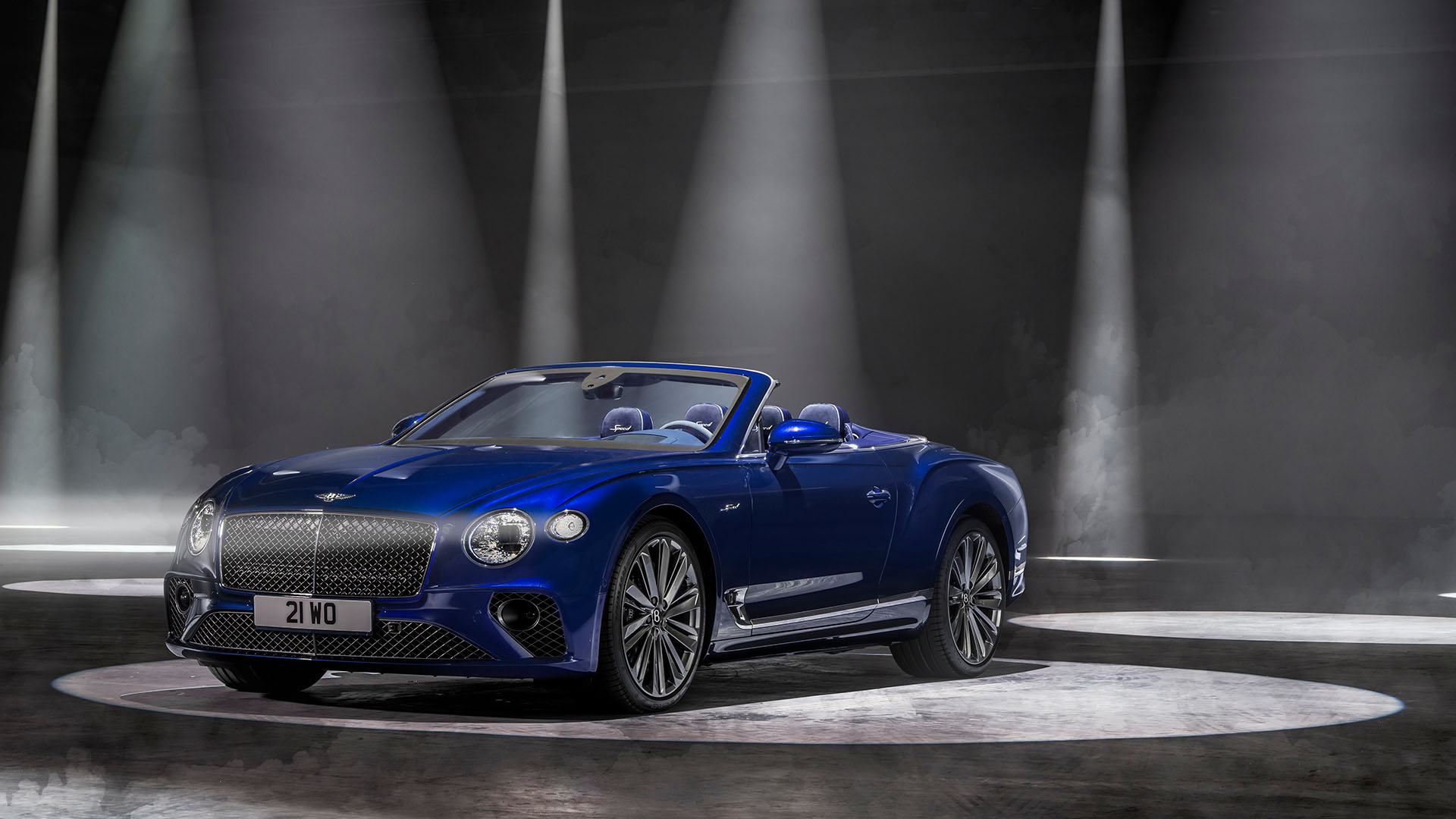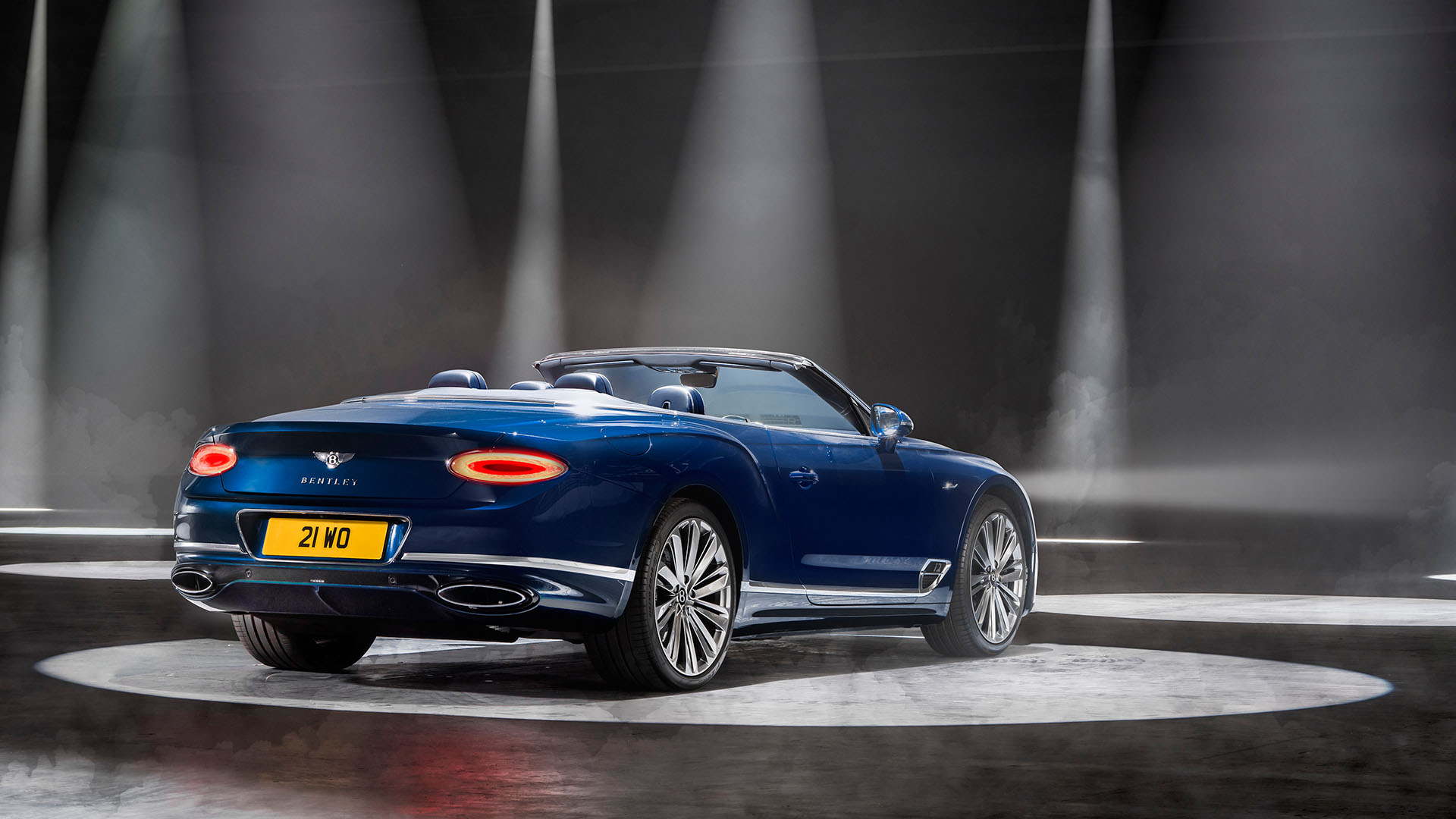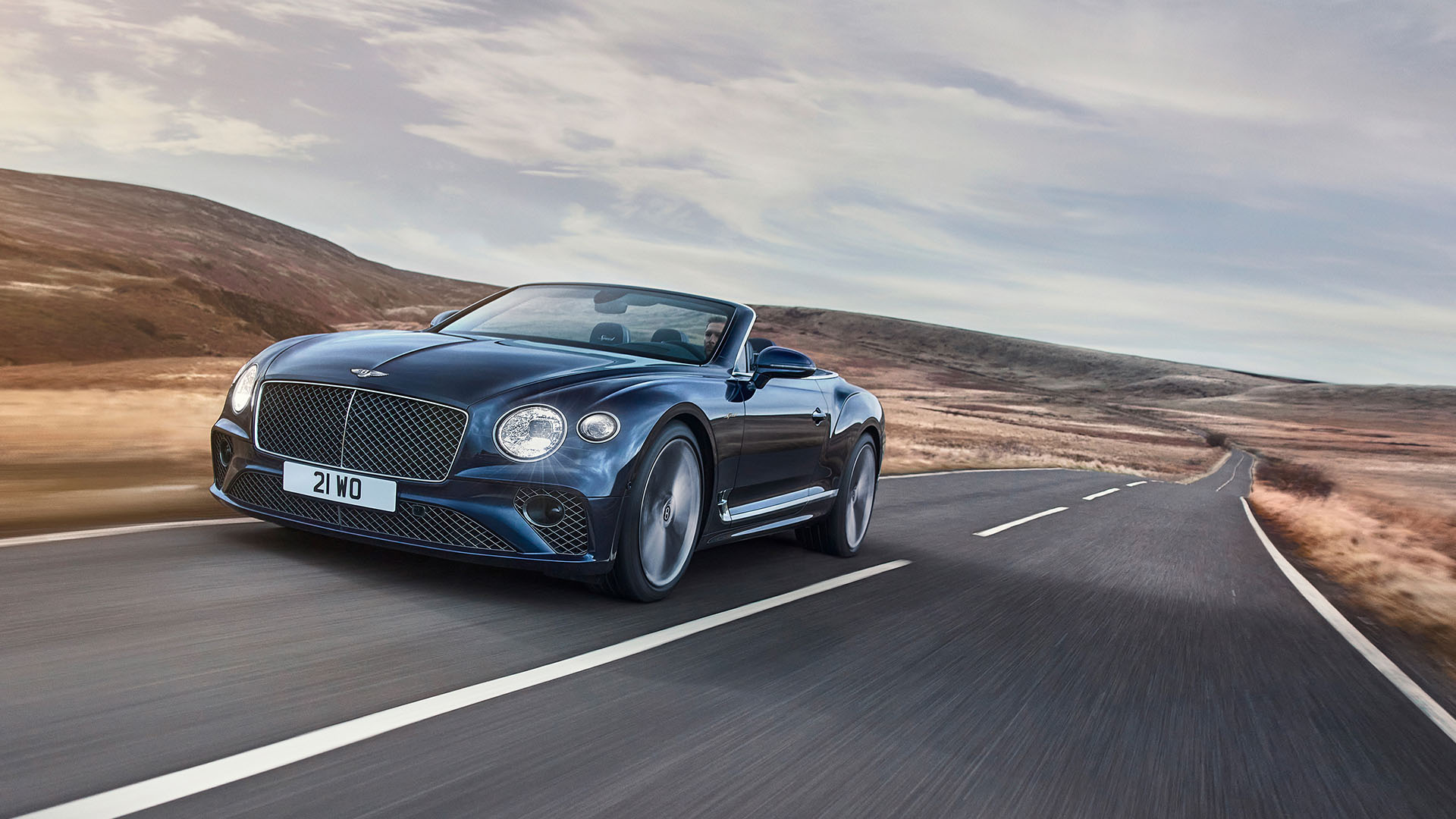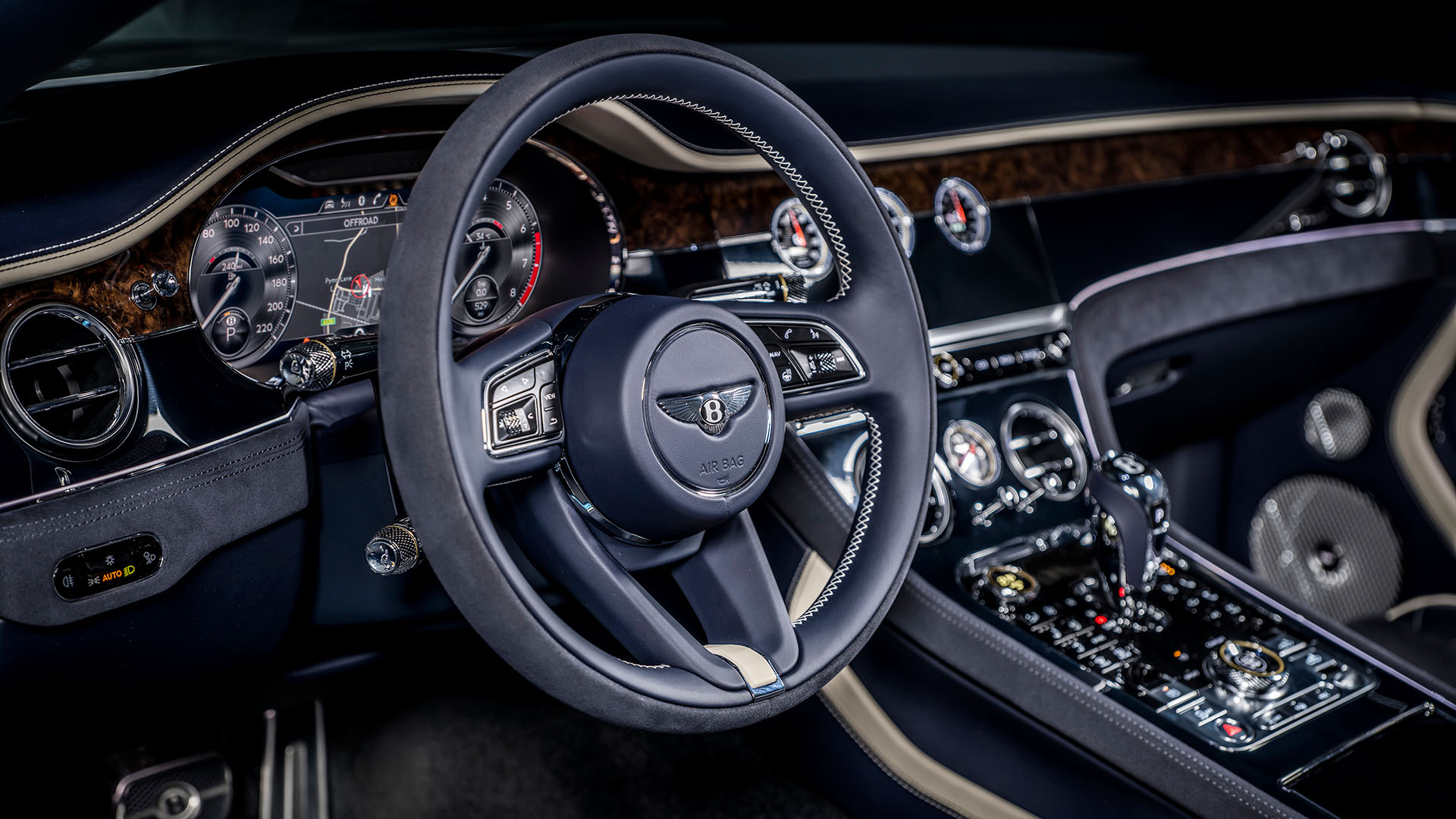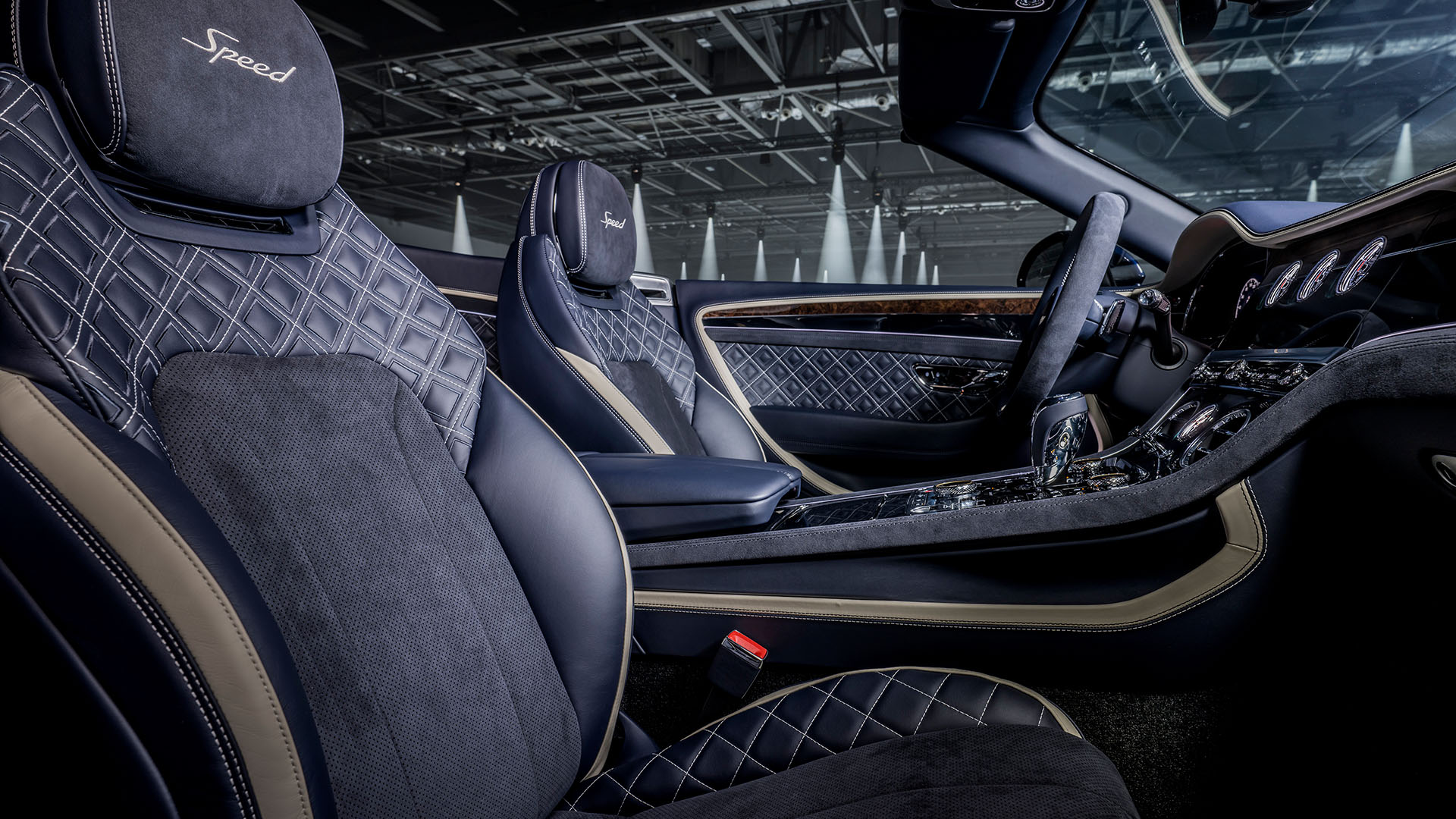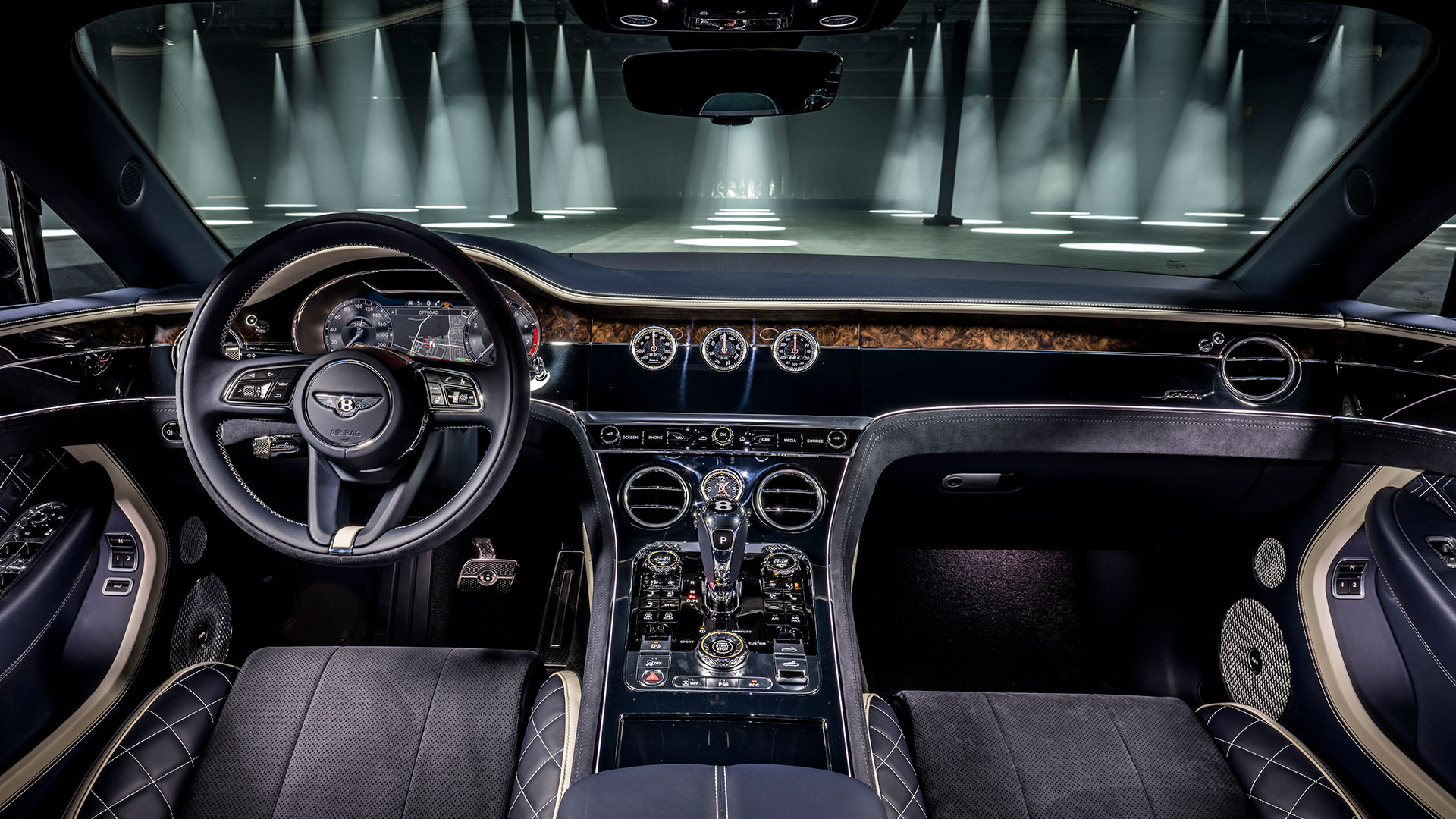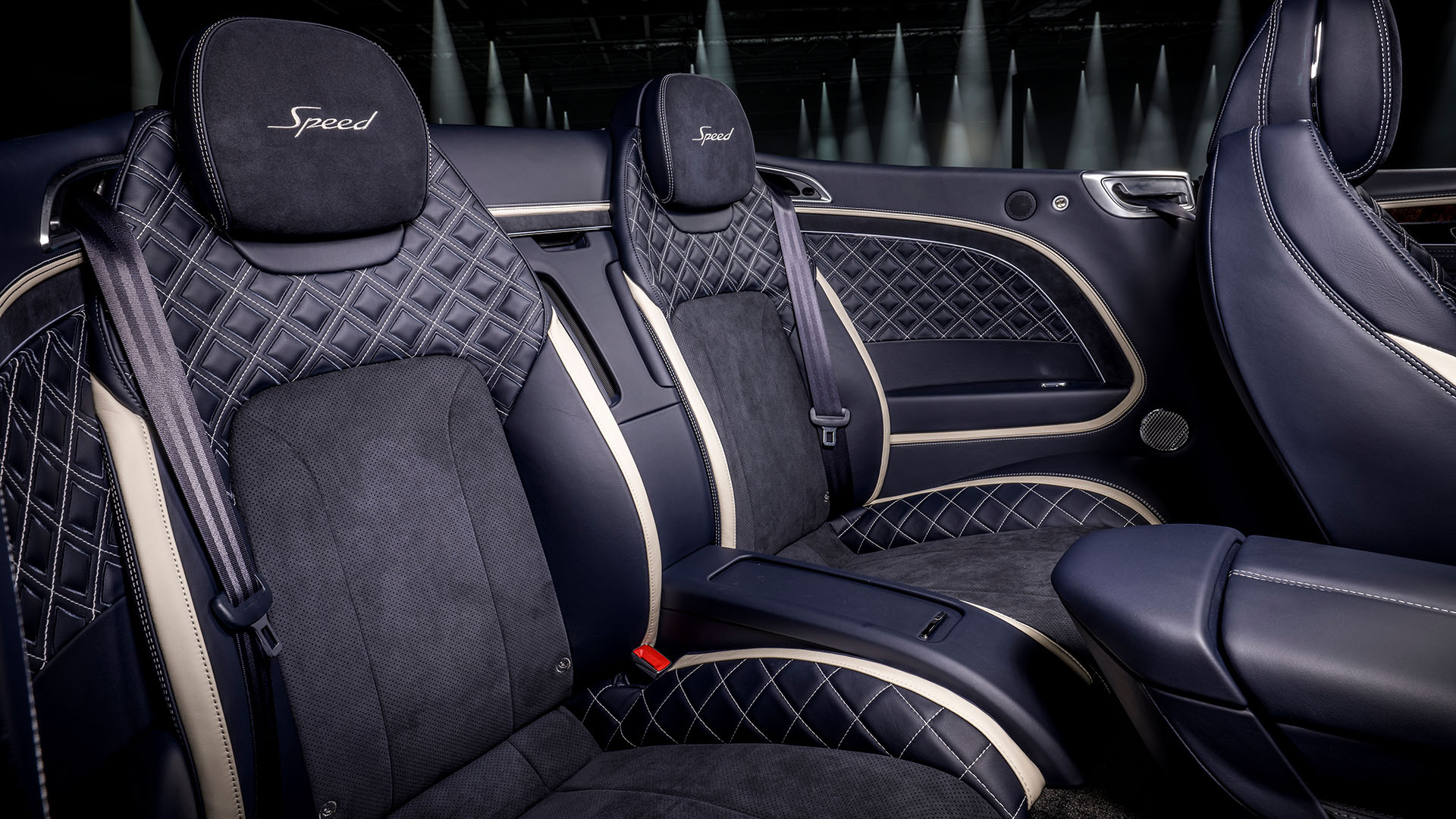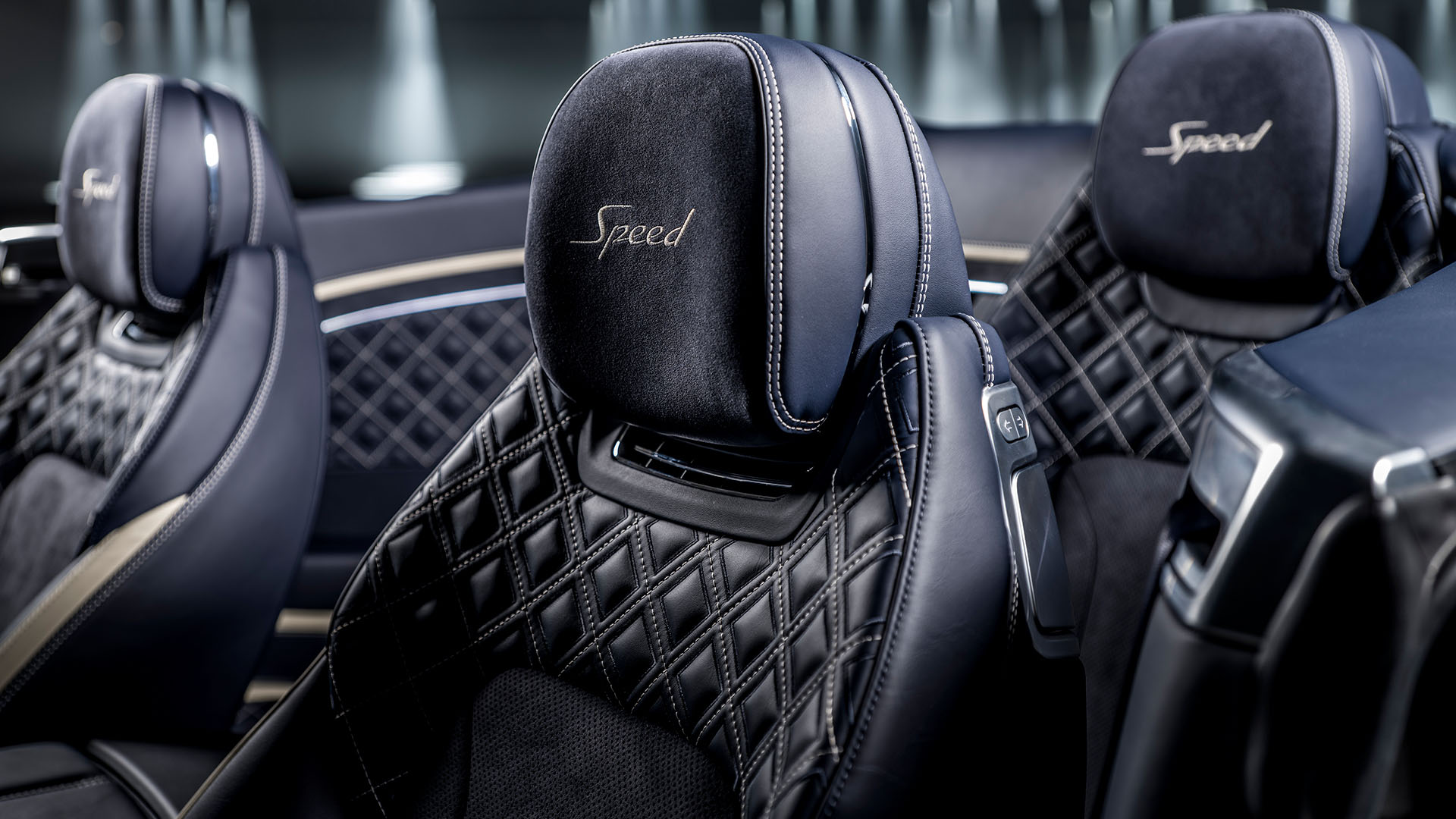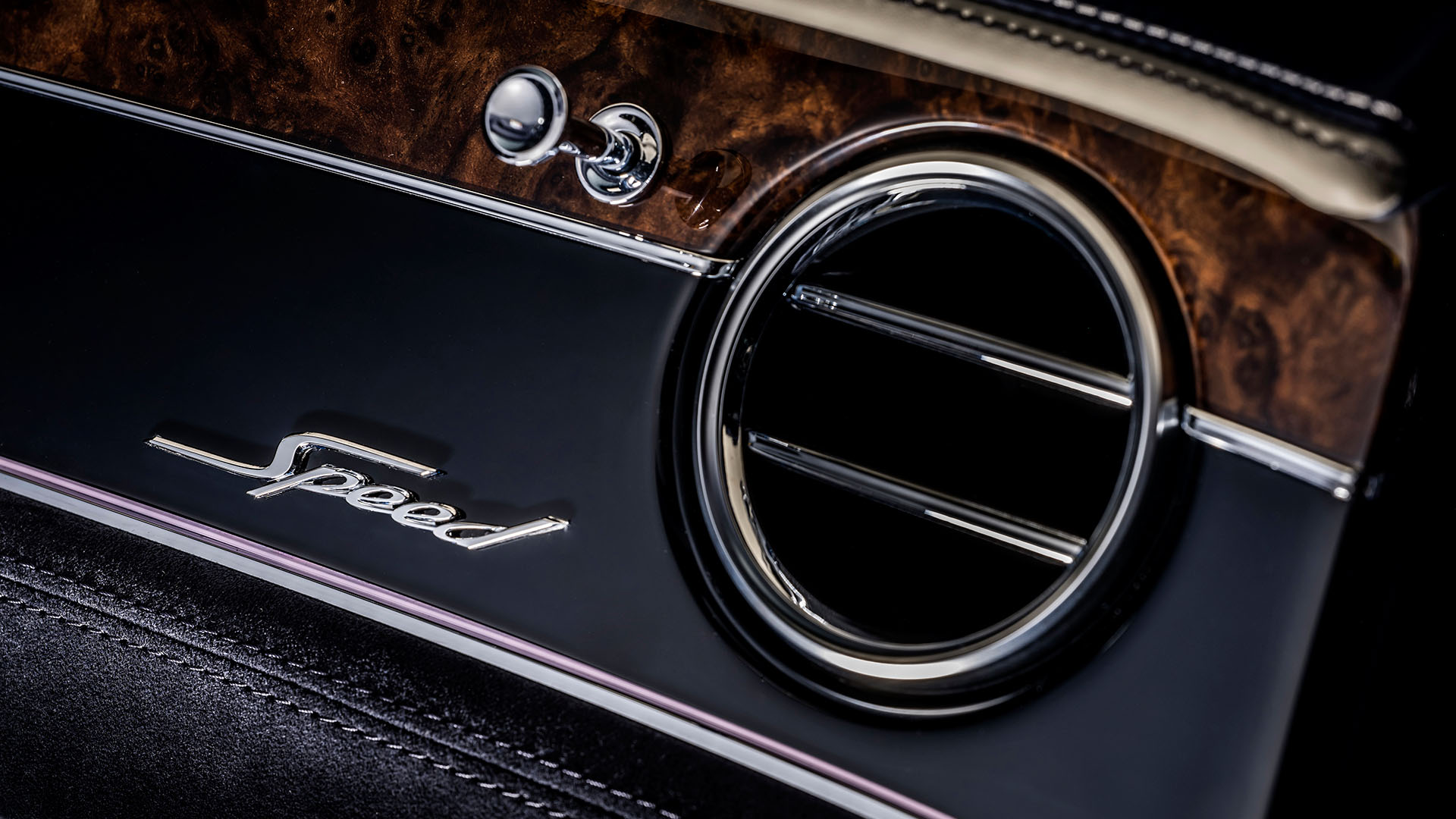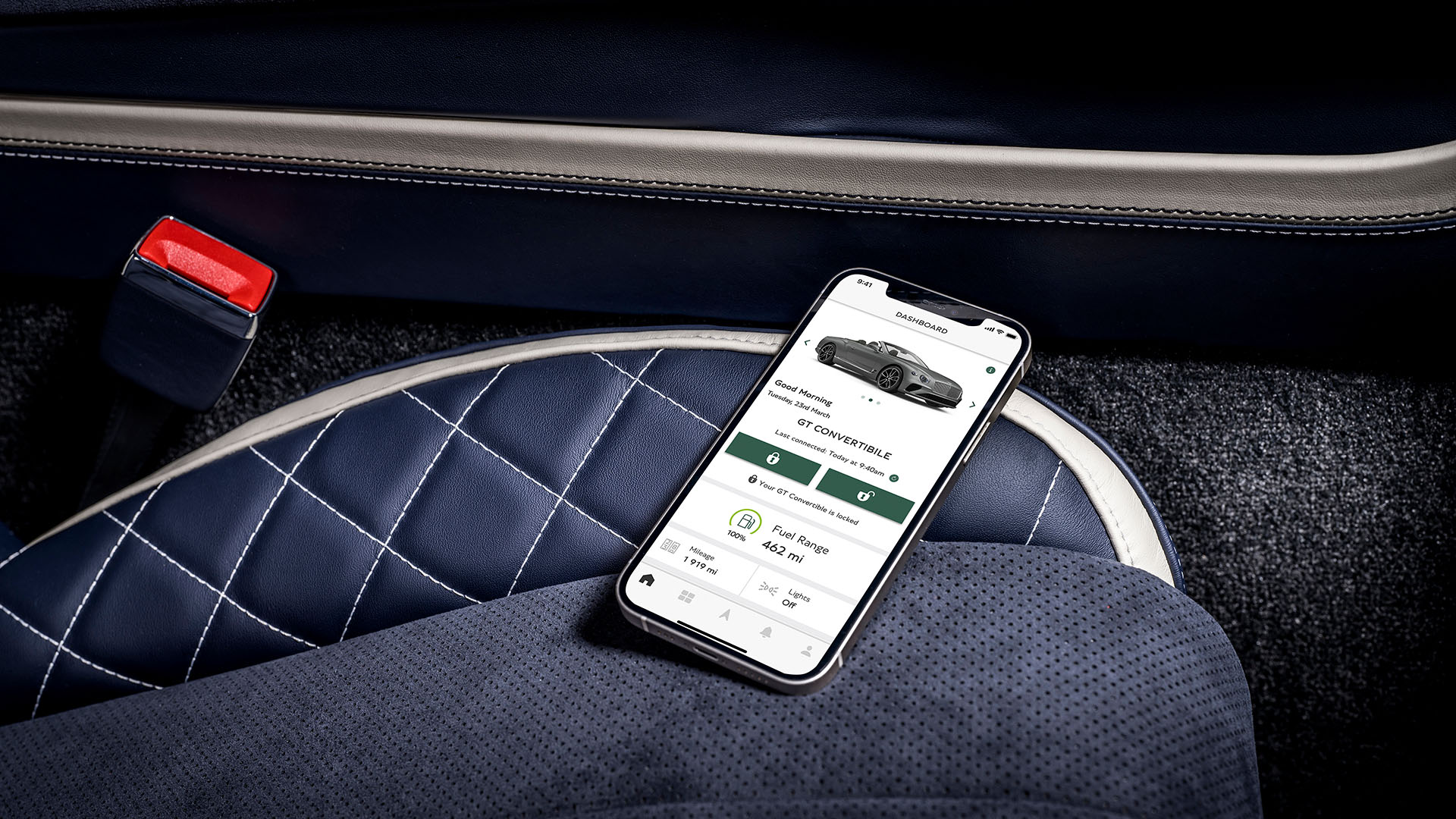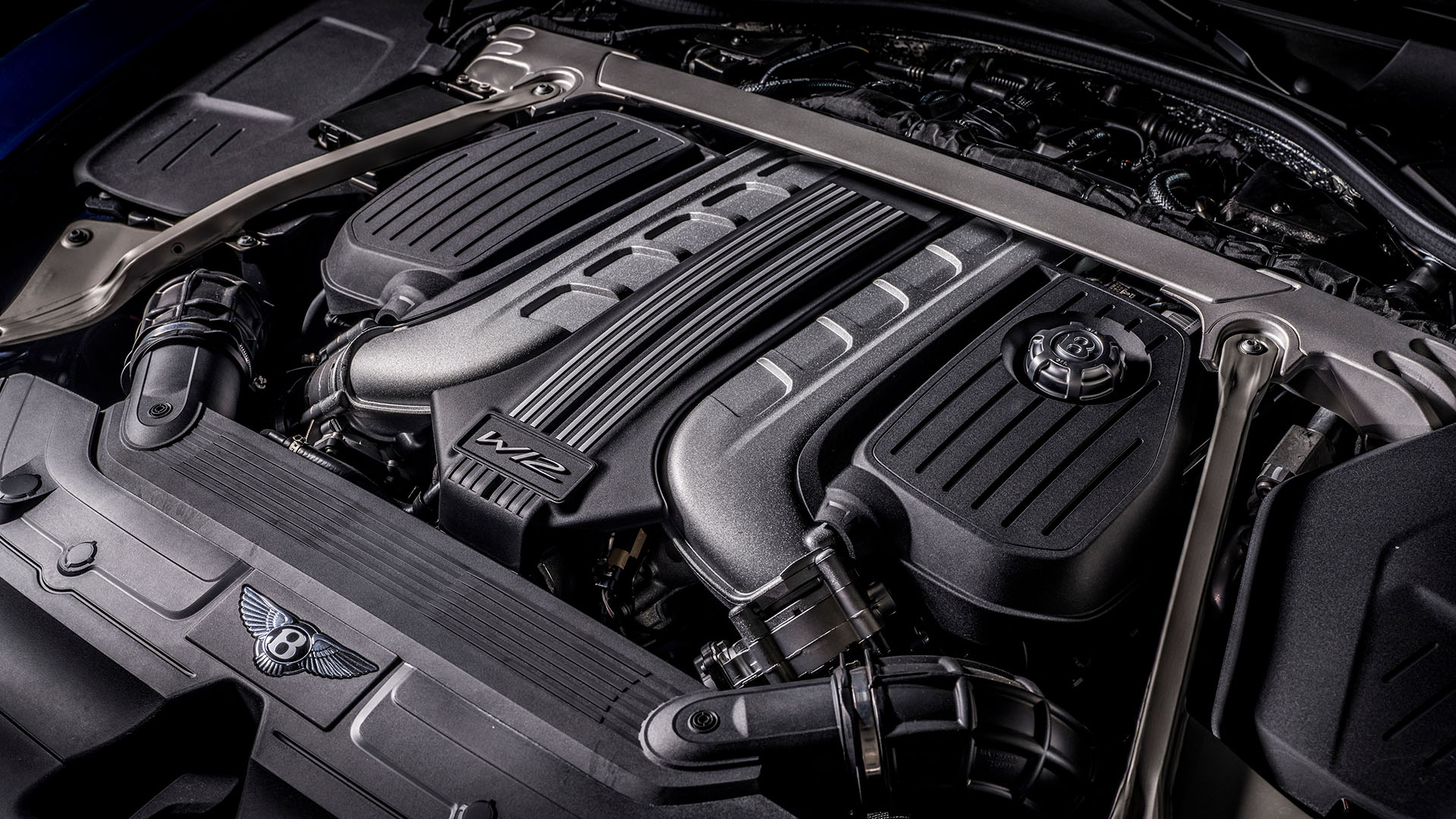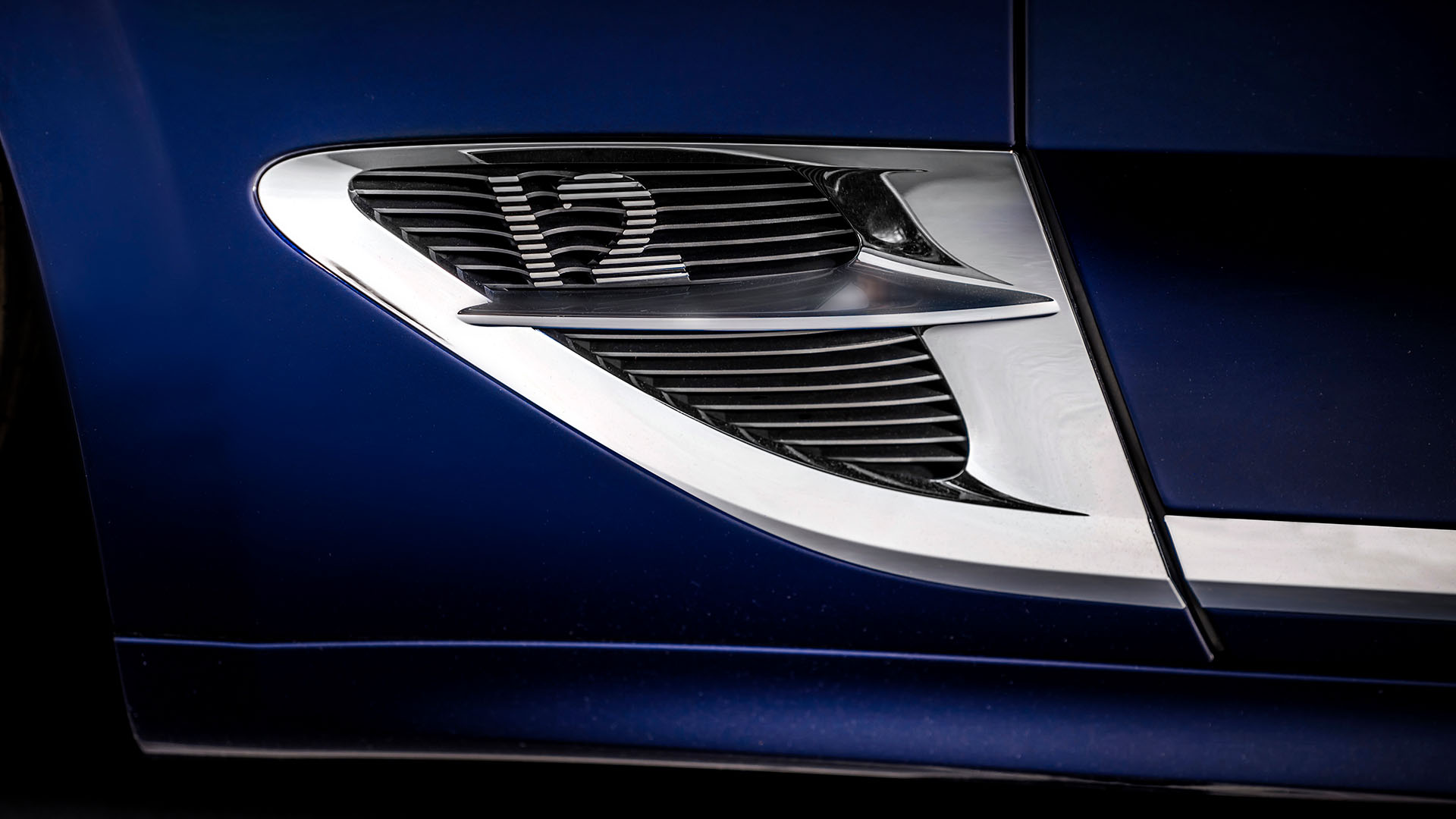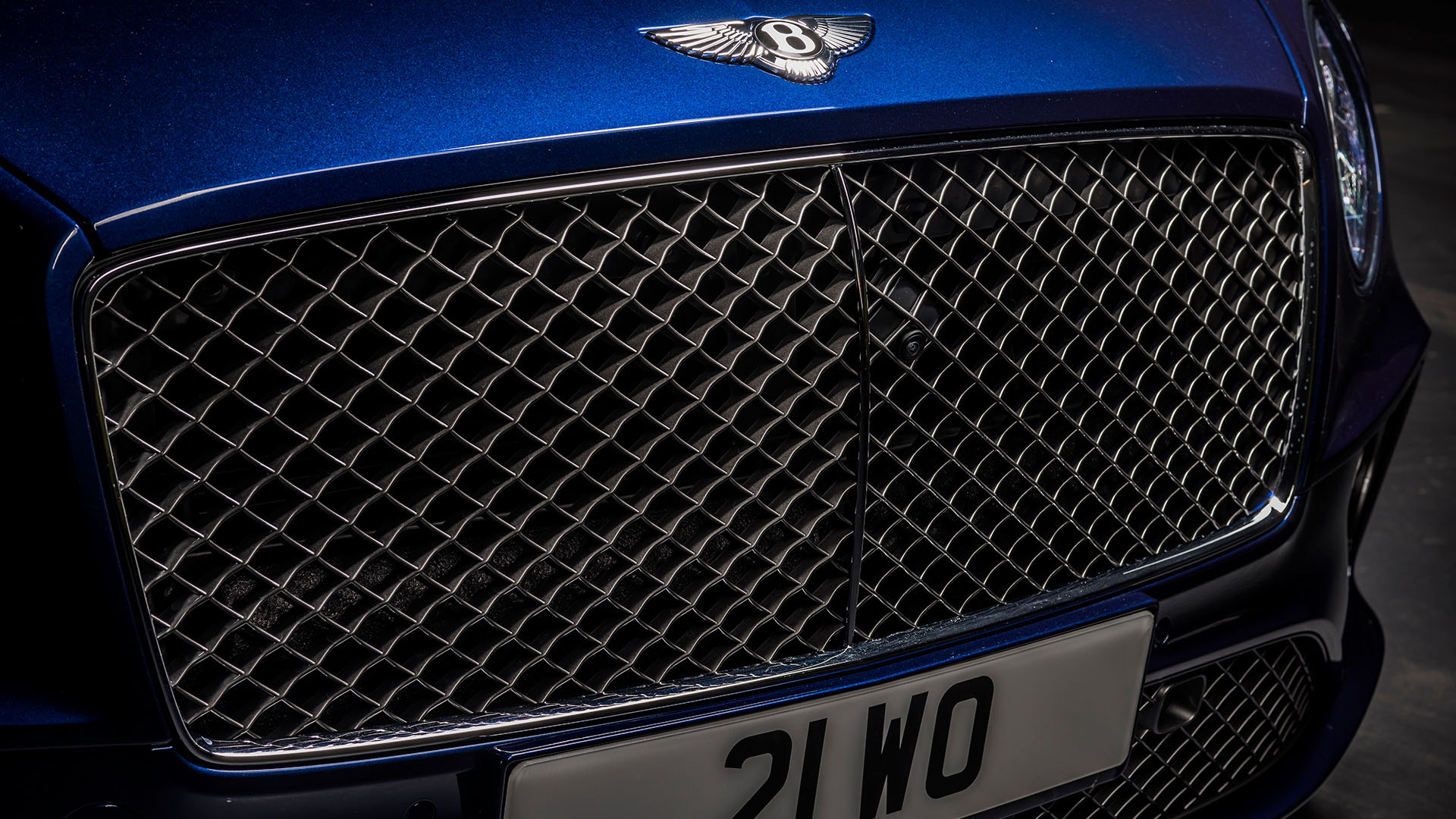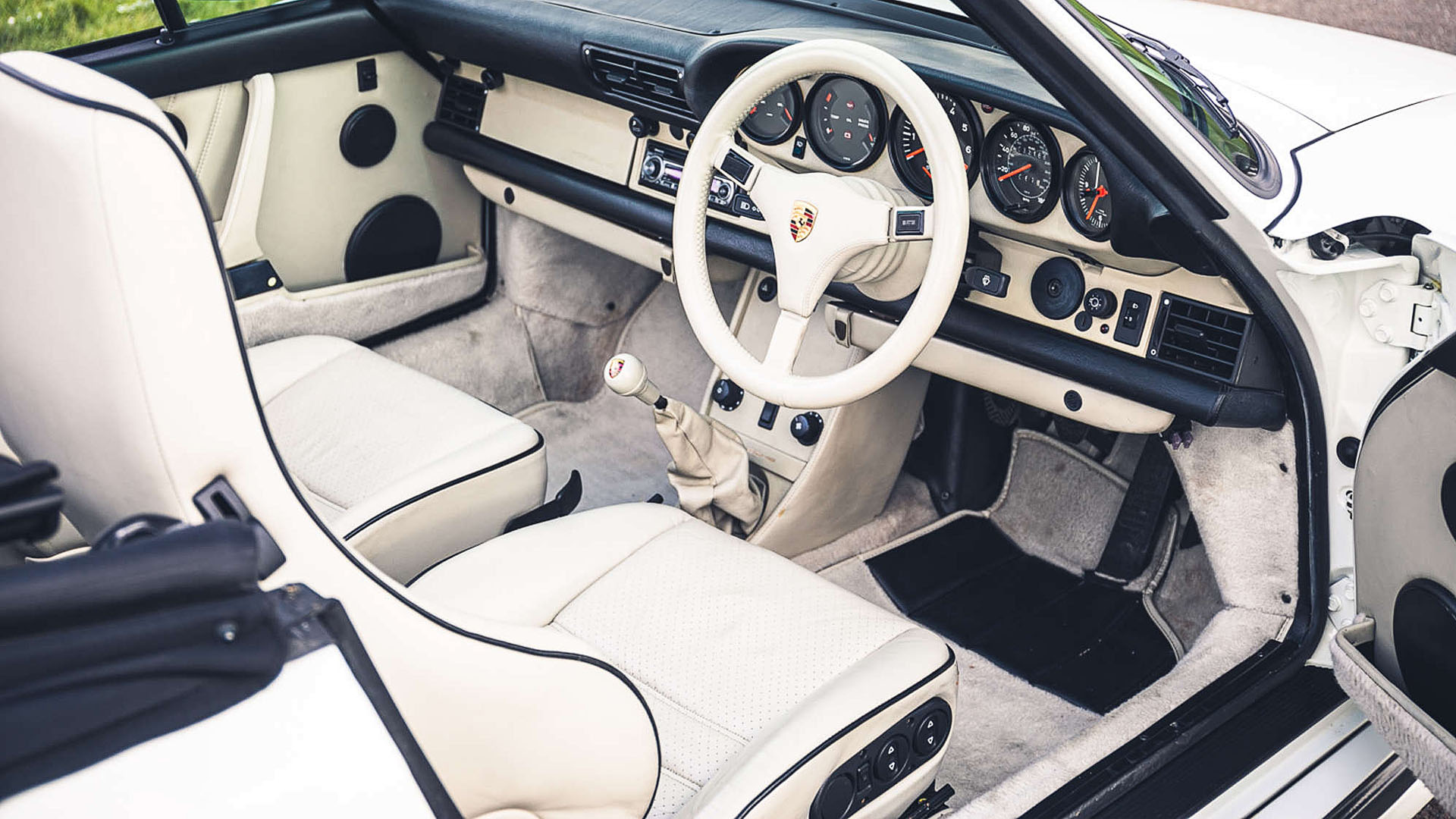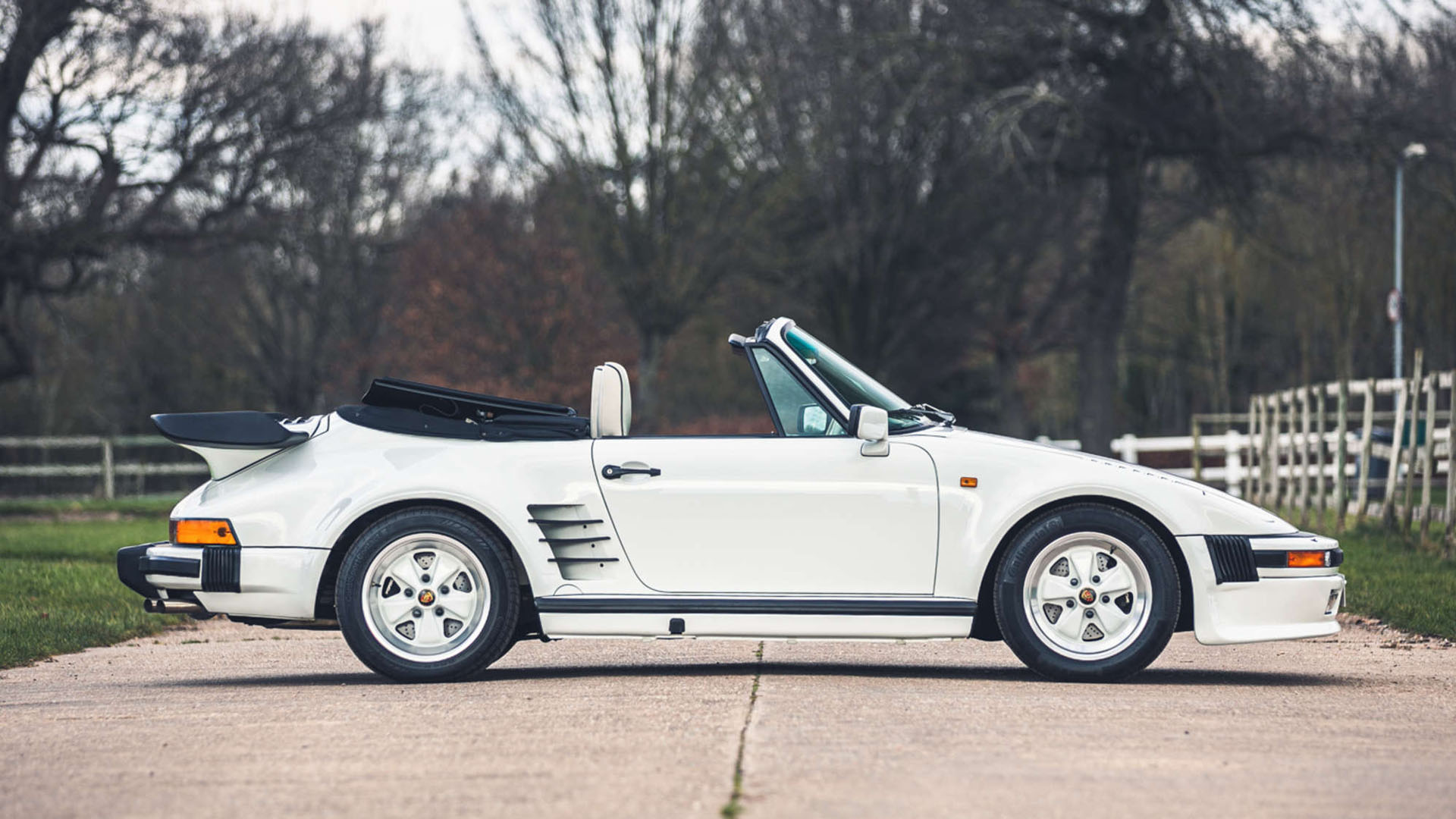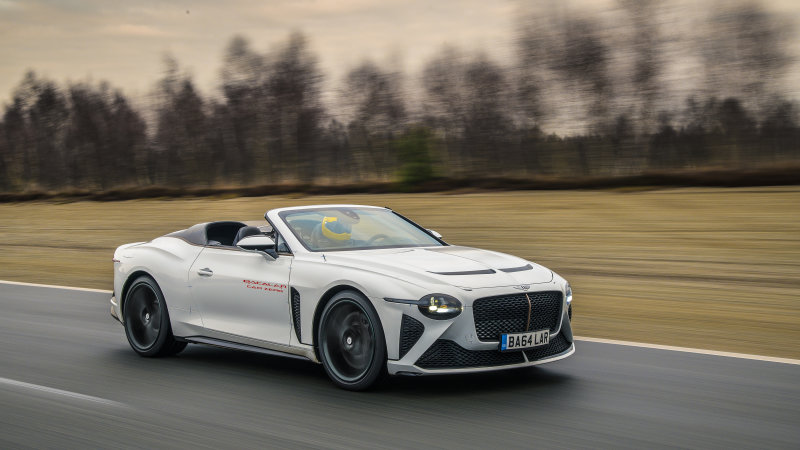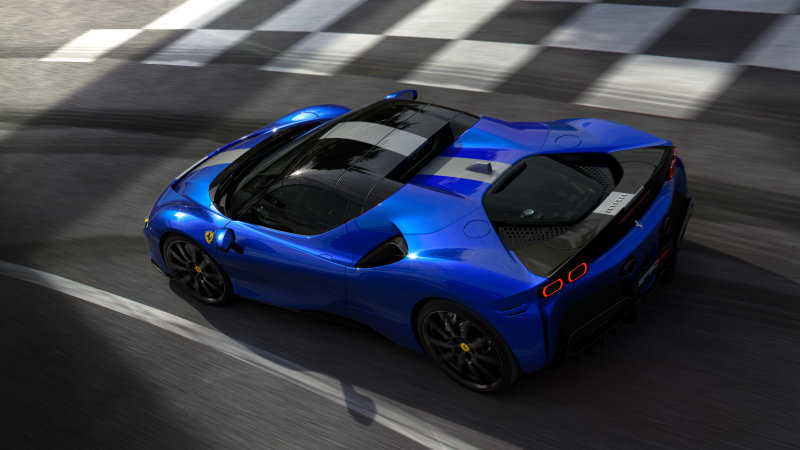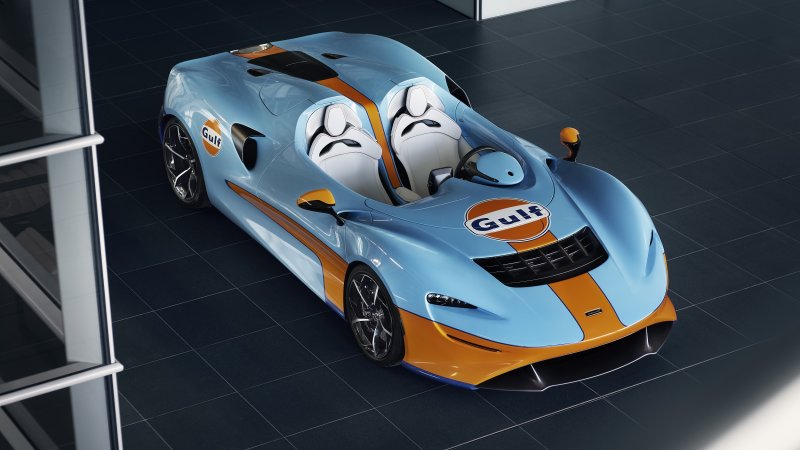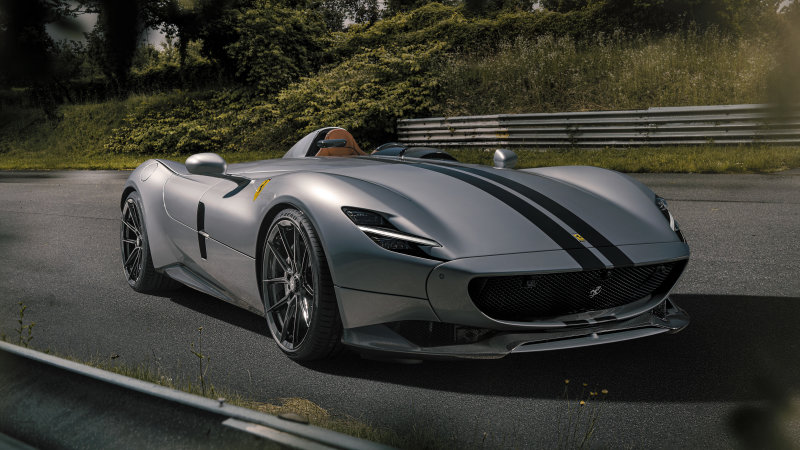If you can afford a supercar, do you want it to be a Porsche 911? That’s the question you ask yourself when considering the merits of the 2021 Porsche 911 Turbo S Cabriolet. Do you want one of the highest evolutions of the 911 as opposed to a loaded Audi R8, Lamborghini Huracan Evo or something else exotic? It’s a lot for the fortunate to consider.
Short of the race-bred GT3 line, the Turbos are as much Porsche 911 as anyone could ever desire. As one of my colleagues notes, the Turbos themselves are basically racecars, though he only tested the “regular” Turbo. I spent a week blasting around town top down (mostly) in the Turbo S. With 640 hp and a sprint to 60 time of 2.7 seconds, it’s the variant you simply can’t catch.
The high performance efficacy of the Turbo S comes from the 3.7-liter boxer six-cylinder, which produces a stunning 60 hp more than the previous generation. Torque is up 37 lb-ft to 590, helping the S shave 0.2 seconds off its 60-mph run. The Cabriolet is only a tenth slower. They both have top speeds of 205 mph. Additionally, Porsche’s Traction Management All-Wheel Drive system can send 368 lb-ft to the front wheels, depending on conditions.
The unit is part of a new family of Porsche engines, and it has a new air intake system, larger intercoolers and larger symmetrical turbochargers than found in the old Turbo S. The intercoolers were moved from the rear fenders to right behind the engine to increase cooling 13%. The air filters are now in the fenders and there are two more air vents underneath the deck wing. The direct-injection system has Piezo injectors, which Porsche says increase output and responsiveness. The engine’s bones are found in the 3.0-liter 911 and a lesser-powered version is under the hood of the 911 Turbo (572 hp, 554 lb-ft). The Turbo S powerplant teams with the eight-speed dual-clutch PDK transmission, and the lofty top speed is reached in sixth gear.
The 2021 Turbo S features evolutionary new looks based on functionality. There’s a new rear wing, new front end and LED matrix-style headlights. The Turbo S isn’t a dramatic departure from its predecessor, but it’s 1.65 inches wider up front and 0.39 inches wider in back, with wider tires and front air vents, creating a more defined stance.
The Turbo S is now considerably more capable, and its looks reflect those chops. Still, our test car casts a subtle vibe, clad in Gentian Blue Metallic paint with a black cloth roof. The forged center-lock black wheels (20 inches in front, 21 in rear) have a polished gray 10-spoke design, and even the brake calipers are polished black, lending an understated feel to the aesthetic. Similarly, the truffle brown leather interior with chalk-colored stitching has a mellow feel with patterns that Porsche says recall the 930 Turbo. The optional Burmeister sound system ($3,980) with silver speaker covers accents the cabin and produces a dulcet sound.
Driving the Turbo S Cabrio is a mix of emotional and mechanical impulses. Porsches demand and reciprocate precision through engagement, and the steering immediately communicates a sense of the car’s exacting nature. Same with the brakes, which are carbon ceramic composite and 0.39 inches larger than the previous model. Rear-axle steering and Porsche Dynamic Chassis Control are standard. The Porsche Active Suspension Management ($1,510 option) lowers ride height 0.39 inches and is offered as a factory option for the first time with improved shock absorbers and software calibrated for the Turbo S that adjusts damping continuously — allowing the car to be sportier and more comfortable. Our model also has the optional front axle lift feature that can raise the front of the car 1.6 inches and adds $2,770 to the sticker.
The Turbo S offers a formidable array of performance tools. Everything has its purpose, logically added for an assigned task. The emotions are stirred when these tools are put into use. Twisting the steering wheel drive mode selector to Sport, we enter a winding road lined with the summer’s complement of greenery. The exhaust grows louder, angrier, throatier. It already barks at shift points in the Normal setting, but Sport has the effect of poking the Turbo S with something sharp. This car has the Sport exhaust, a $3,490-option that’s worth it. Porsches, Jaguars, Ferraris and a few select Corvettes and Mustangs summon this kind of pulse-quickening sound that few others can match. Simply lifting off the throttle or downshifting produces a growl or a pop that’s better than some sports cars make at full roar.
Pausing under an overpass, the top comes down in seconds. Launching hard, we’re pulled back in our seats as we weave through the twists and turns leading through to Woodward Avenue. A hard right turn onto M-1 and we’re heading north. The sun breaks through and the temperatures sit around 65 degrees making this an idyllic summer day with echoes of fall. It’s cool for late June, but perfect convertible weather.
When caught in a downpour, Wet Mode detects water on the road and tunes the stability control and anti-lock brakes accordingly. Stating the obvious, the 911 then warns us to drive cautiously, which is appreciated. Plodding around town we notice the little things the car offers. The leather-covered steering wheel is large, fairly thin and has grips at 10 and 2 o’clock. The infotainment system is simple enough to use; contemporary and customizable but not too layered. In total, the 911 provides a flexible experience. For instance, you can drive in Normal or Wet and still turn on the Sport exhaust via a button or touchscreen. We drove in Normal with the exhaust pipes up — and Sport with the spoiler down, just to try different things. Obviously, it’s enjoyable to play around, but it’s logical to want to keep the Turbo S performance at heel yet still announce your arrival with an exhaust note.
With the brown leather, sport exhaust, fancy speakers and a few other options, our test model stickers for $234,570, including destination and a $1,000 gas-guzzler tax. As noted in our 911 Turbo review, the 911 is already more car than you’ll ever need. Perhaps that’s the smart play, as the additional power isn’t necessary and the performance increases the S brings to the table are too small for mere mortals to notice.
Enthusiasts with this kind of buying power often stop thinking metrically around $100,000. It becomes an object of uber prestige. They want the car because it’s the most expensive and the most powerful. Assuming the GT3 is simply too raw, this is the Porsche 911 in its highest form and you’re approaching future collector status. It’s living in the moment and investing in the future, and using that logic, there’s simply no substitute for the Turbo S. The convertible? Well that just makes it even more fun in the summer.
Related Video:

